Londres (Parte 3) Museos Londinenses, la Catedral de San Pablo y un poco de Harry Potter / London (Part 3) London museums, St. Paul’s Cathedral and a bit of Harry Potter.
«Cuando un hombre se cansa de Londres, se cansa de la vida» – Samuel Johnson
Los museos en Londres no solo son muchos e interesantes sino que observen en la belleza del edificio! Aquí no solo recorremos museos sino que también vamos a ver otras curiosidades en la ciudad.
“When a man is tired of London, he is tired of life.» – Samuel Johnson
London museums aren’t just interesting, but they are also beautiful buildings. Today, we aren’t just going to look around the museums – we are also going to look at other fascinating places in this city.
Continuamos caminando a orillas del Támesis, partiendo de donde dejamos el post anterior. Llegamos al Millenium Bridge o Puente del Milenio, pero antes de cruzar, vemos a nuestras espaldas el Tate Modern.
We continued walking along the Banks of the River Thames. We arrived at the Millennium Bridge, but before we cross – we look behind…
Este INMENSO edificio es el Tate Modern. El Tate Modern es el nombre del Museo Británico de Arte Moderno. El Edificio era una central de energía y se convirtió en museo en el año 2000. Es el tercer museo más visitado del mundo con más de 5 millones de visitantes al año. Y saben que? es gratuito. Si señores, Londres es tan culta que no cobra entradas en la mayoría de sus museos. Por supuesto que algunos museos tienen exhibiciones temporarias en las que se debe abonar, pero las permanentes están abiertas gratuitamente al publico. Esto se debe a que teniendo museos y galerías de arte gratuitos, se fomenta en las personas el deseo de disfrutar el arte en su mayor expresión. Los museos y galerías de artes fueron establecidos en la era Victoriana, y su propósito en ese entonces y ahora es la de educar a las personas.
Desde que comenzamos a visitar los museos nos damos cuenta que están llenos, llenos de niños, jóvenes, estudiantes, adultos. Todos están disfrutando del arte y no solo usando el edificio como accesorio decorativo de fotografías.
This huge building is the Tate Modern. The Tate Modern is the British Museum of Modern Art. The building used to be a power station and was converted into a museum in the year 2000. It is the third most visited museum in the world with more than 5 million visitors a year. And do you know what? – Its free! London is so cultured that it doesn’t charge an entry fee in the majority of its museums. Of course, some museums have specific exhibitions at certain times where they charge a fee to get in, but the permanent ones are all free.The reason behind this is – Having free museums and art galleries encourage people to enjoy culture at its very best. All the major museums and art galleries of London were set up way back in the Victorian era. Their purpose then and now is to educate the people.
From the moment we started visiting the museums we saw that they are full, full of children, youth, students and adults. Everyone was enjoying the art and not just using the building as a decorative background for their photos.
Londres nos muestra que no vive del arte sino que el arte vive de ella. Esta no es una ciudad que exprime cada pedazo del pasado sino que hace su historia día a día. El arte moderno vive en las calles y el arte antiguo se exhibe orgulloso en impecables instalaciones.
Es reconfortante y maravilloso ver gente formando fila para entrar a un museo que es siempre gratuito. Los niños ansiosos por aprender. Que maravilla de ciudad, una bocanada de aire fresco para esta mente agobiada por la desesperanza en la sociedad.
London shows us that she doesn’t depend upon art – but that art depends on her. This isn’t a city that squeezes out every drop from the past – instead it makes its past a big part of its everyday life.
Modern Art is alive on the streets and ancient art is proudly displayed in impeccable exhibitions. It’s comforting and fascinating to see people queuing to get into a museum that’s always free, and seeing children so anxious to learn. What a fantastic city! – A breath of fresh air for this mind that is weighed down by the hopelessness of society.
Luego de meditar un poco sobre el arte y la sociedad podemos cruzar el modernísimo Millennium Bridge. Este puente colgante peatonal se encuentra apuntando a la Catedral de San Pablo desde el Tate Modern, lo cual completa el doble sentido del puente pues este une lo antiguo con lo moderno.
After some meditating about the arts and society- we crossed over the ultra-modern Millennium Bridge. This pedestrian suspension bridge links St. Paul’s Cathedral and the Tate Modern, thus uniting the old and the new.
El diseño del puente fue seleccionado por concurso al igual que el del Tate Modern. Y este puente, al igual que el Tate Modern, fue inaugurado en el año 2000. Se dice que en su primer día lo visitaron 90.000 personas.
The design of the bridge was the subject of a competition, the same as the Tate Modern and both were opened in the year 2000 and on its first day it had 90,000 visitors.
Llegamos a uno de los costados de la Catedral de San Pablo. Mucho más grande de lo que parece, es la segunda más grande de Europa, ubicada detrás de la Basílica de San Pablo del Vaticano.
We arrived at one of the sides of St Pauls’ Cathedral. It’s much bigger than it appears and is the second largest cathedral in Europe after St Paul’s in the Vatican.
Estando enfrente es imposible tomar una fotografía, tengo que cruzar la calle y tomarla de la vereda de enfrente y aun así no es suficiente.
Esta iglesia anglicana fue testigo de uno de los eventos más vistos de la historia, más de 750 millones de televidentes y 2 millones de presentes en las calles: el casamiento de la princesa Diana y el príncipe Carlos. También se realizaron aquí funerales como son los de Margaret Tatcher y Winston Churchill.
It’s impossible to take a photo from the front so I had to cross the street and even then there wasn’t enough room. This Anglican cathedral has witnessed some of the most watched events in history. Princess Diana and Prince Charles were married here and their wedding was watched on television by more than 750 million people and over 2 million were on the streets here. It’s also hosted funerals for important historical figures such as Queen Victoria, Lord Nelson, Winston Churchill and more recently- Margaret Thatcher.
Desde aquí vamos al ultimo destino de la noche, la estación de trenes King’s Cross.
Esta estación es famosa pues aquí llegan los trenes de larga distancia. Bueno, en realidad es St. Pancreas, la estación que esta pegada a King’s Cross, pero debido a que comparten la estación de metro, y su cercanía, es común creer que son la misma estación.
From here we head to our final destination for the night – Kings Cross train station. This station is where long distance trains arrive – mainly from the north of England. In reality its name is St Pancreas and the station is next to Kings Cross, but they are close and share the same underground so many believe it’s the same place.
Visitamos la estación debido a que, como fanáticos de Harry Potter, sabíamos que aquí había una simbólica Plataforma 9 3/4 en donde uno podía tomarse fotografías. Jamas creímos que habría un fotógrafo profesional, bufandas de distintas casas y una fila de más de media hora de espera.
We visited this station because we are huge fans of Harry Potter and knew that there’s a symbolic platform here called 9 ¾ where you can take photos. But we never imagined that there would be a professional photographer there and scarfs for sale and a queue and a half an hour wait.
En el segundo piso, una tienda con artículos referentes a Harry Potter donde inclusive hay un estante con las varitas de los personajes.
On the second floor there’s a Harry Potter gift shop where there’s lots of Harry Potter souvenirs and you can even buy all the different wands.
Volvemos a casa, pero retomamos el recorrido a la mañana.
At this point we went home. But going back to this morning ….
En un nublado día visitamos la mundialmente conocida, puerta negra del 10 de Downing Street.
On a cloudy day we visited the most well-known door in the world – the black number 10 Downing Street.
Mentira! estamos frente a la «falsa» 10 de Downing Street. Como comentamos en el post anterior, el acceso a esta calle esta bloqueado por guardias y rejas. Pero existe una puerta exactamente igual en Adam St. Pueden buscar en internet la puerta verdadera y comparar las diferencias. Interesante no?
That’s a lie! – Here we are in front of the false 10 Downing Street. As we said in the last post – that street is heavily guarded. But there’s a door exactly the same in Adam St. You can look at it on the internet and see the differences – interesting?
Vamos a Trafalgar Square, la fotografiamos desde la puerta de entrada del National Gallery, uno de los museos más importantes del mundo. Vemos la estatua de Nelson al frente y a la izquierda la iglesia St. Martin in the Fields que mencionamos en la Parte 1 de esta serie sobre Londres.
Here’s Trafalgar Square – we took this photo from the entrance to the National Gallery, one of the most important museums in the world. Here we can see Nelsons column and on the left is St. Martin in the Fields – which we mentioned in part one of these London posts.
Este museo, también gratuito, es MARAVILLOSO. El edificio es impactantemente bello y las salas están tan bien decoradas que logran hacer lucir aun más a los cuadros.
This museum is also free and it’s fantastic. The building is stunningly beautiful and the hallways are so well decorated that they make the paintings stand out even more.
Fundada en 1823 es el cuarto museo más visitado del mundo. Aquí se encuentran exhibidas pinturas europeas de 1250 al 1900. Son más de 2.300 pinturas entre las que se encuentran «Jarrón con Tres Girasoles» de Van Gogh, «Venus del Espejo» de Diego Velazquez, «Virgen de las Rocas» de Leonardo Da Vinci y mi preferido «Un Baño en Asnieres» de Georges Pierre Seurat.
Founded in 1823 – it’s the fourth most visited museum in the world. Here we can see European paintings exhibited from 1250 to 1900’s. There are more than 2,300 paintings and among them are “Three sunflowers in a vase” by Van Gogh. “Venus at her mirror” by Diego Velazquez- “Virgin on the rocks” by Leonardo Da Vinci and my favourite – “Bathers at Asnières” by Georges Pierre Seurat.
No están prohibidas las fotografías pero existen carteles que prohiben tomarlas a los niños. Hay tantos niños aquí. Aprendiendo. Guías preparados que los hacen sentar en grupos en el piso y les explican sobre las maravillas de las obras que están mirando, como se mezclan los colores y como se hacen las pinturas. Nosotros nos quedamos 20 minutos escuchando por la manera amena e interesante que tenían de explicar.
It’s not forbidden to take photos of the art, but there are signs saying that it is forbidden to take photos of children. There are many children here – learning. There are museum guides that have the children sit on the floor in groups and explain to them the marvels of the works of art in this place. How the colours are mixed and how they used to make the paints etc. We stayed here about 20 minutes listening to they explained everything in such an interesting way.
«Un Baño en Asnieres» de Georges Pierre Seurat
“Bathers at Asnières” by Georges Pierre Seurat
Nenúfares de Monet
“Water Lilies” by Monet
No tome fotos de todas las habitaciones porque me dispuse a disfrutar del paseo. Pero es impresionante la experiencia en estos museos. No solo por los cuadros y por lo bien expuestos y decorados que están, sino que hay ese aire indescriptible de tranquilidad. Las personas que lo visitan son amantes del arte, están allí por placer, tal vez es la vez 1000 que lo visitan o tal vez es la primera como nosotros, pero todos ahí están con el corazón abierto al arte. Con respeto y cariño observan las pinturas y se convierten en parte del arte con su presencia. Porque creo que no existe arte sin alguien que lo aprecie.
I didn’t take photos in all the rooms because I wanted to enjoy the art. These museums are an amazing experience, not only because of how well the paintings are exhibited but also there’s an indescribable sense of peace and tranquility. The people who come here are lovers of art and they are there for pleasure. It may be the thousandth time for some of them or the first time – as it is for us – but everybody is there with open hearts for art. Respectfully and lovingly they observe the paintings and in a way the art is transformed by their presence – because I firmly believe that art wouldn’t exist if there wasn’t anyone who appreciated it.
Detrás de este museo, la entrada al National Portrait Gallery. Aquí, una galería destinada a retratos. Los retratos son de personajes de distintas épocas y en distintas técnicas. Las fotografías están prohibidas pero la entrada continua siendo gratuita. No dejamos de maravillarnos. Este detalle no es una cuestión monetaria, es una cuestión social. Londres quiere que sus ciudadanos aprendan, se importa con la cultura, la promueve, la cuida y respeta. Admira el arte y la protege. Sabe que arte es mucho más que un cuadro, sabe que si los niños tienen contacto desde pequeños serán adultos más sensibles, más auténticos, más patrióticos. Sabe que la sociedad es producto de un desarrollo socio-cultural y se preocupa por eso.
Hay tanto para decir sobre esto pero mejor dejo que cada uno saque sus conclusiones. Dejen a esta idea en remojo y sorprendentemente descubrirán que la «culta» ciudad no es la que cobra más para entrar a sus museos, sino la que no cobra nada.
Behind this museum is the entrance to the National Portrait Gallery. Here there are many portraits in many different styles from people from all throughout the ages. It’s forbidden to take photographs and yet the entrance is free of charge. We are still in awe of this. This isn’t just a financial issue, it’s a social issue. London wants its people to learn, culture is important, it’s promoted, it’s cared for and respected. It admires art and protects it. It recognizes that art is so much more than just a painting and London knows that if children have this sort of exposure to culture from a young age – when they’re older they’ll be more sensitive, more authentic and more patriotic. It knows that society is a product of social and cultural development, and so it ensures as much exposure as possible.
There’s so much to say about this, and each one can draw their own conclusion. We will leave this idea soak and surprisingly discover – that the “cultured” city isn’t the one who charges the most to visit its museums, it’s the one who doesn’t charge anything!
Además, el National Portrait Gallery guarda el famoso «Retrato Chandos», el retrato más famoso, y se cree que el más real, de William Shakespeare.
The National Portrait Gallery has on display The «Chandos» portrait – the most famous and what is also believed to be the most life like portrait of William Shakespeare.
Desde aquí continuamos el día en el Museo de la Ciencia. Este museo es famoso por lo interactivo que es. Esta dividido en áreas como son la de medicina, informática, matemática, etc. Es enorme con más de 40 salas! y muy concurrido, por supuesto este también es gratuito. Todos los museos gratuitos tienen en la entrada una gran caja donde se puede depositar donaciones. Y tambien todos cuentan con interesantes y únicas tiendas de regalos. Particularmente mi preferida la del Science Museum.
From here we continued to the Science Museum. This museum is famous for being interactive. It’s divided into different areas such as medicine, computers, mathematics etc. It’s huge with more than 50 different rooms. This of course also has free entrance. All of the free museums have big donation boxes at the entrance where people can give freely if they want to. Also they all have excellent gift shops. My favourite one was here at the Science museum.
Preparados hay que ir para encontrar los elementos más importantes, como el péndulo de Foucault y el cerebro del inventor de la calculadora.
Be prepared to find some of the most important discoveries here – such as The Foucault pendulum and even the brain of the man who invented the calculator.
Desde aquí vamos al Natural History Museum o Museo de Historia Natural. Al costado, en invierno una pista de patinaje sobre hielo, poco concurrida debido a las lluvias del día que nos toco. Lo que se ve al fondo el el edifico del museo. Bellísimo. Dentro, se guardan más de 80 millones de ítems. Su sector más famoso es el de los dinosaurios, para mí lo más memorable es la habitación de piedras preciosas y la colección de diamantes de todos los colores posibles.
From here we go to the Natural History Museum. To one side of it in winter there’s an ice skating rink, which wasn’t in use due to the persistent rain. The outside of the museum is beautiful. Inside, there’s over 80 million items to see. It’s most important sector is the one with the dinosaurs, and for me the most memorable part is the room full of precious stones with a collection of diamonds of every conceivable colour.
Aquí tampoco abonamos entrada y podemos ver muchísima gente formando fila para entrar a un museo. Niños súper emocionados esperando entrar a un museo.
We didn’t have to pay an entrance fee here either and there were many people queuing to get into a museum. Children waiting excitedly – to get into a museum.
En la entrada un enorme Diplodocus nos anuncia el estilo de museo que vamos a recorrer. Recuerdo que estando allí escuche a un padre aclarar a su pequeño «mirá, todo lo que vamos a ver aquí es real» y así es.
At the entrance is an enormous Diplodocus which is announcing the type of museum we are about to visit. I remember hearing a father making things clear to his child “Look, everything we are going to see here is real.” And that’s the truth !
Un pedazo de un tronco de Sequoia de 1.300 años de edad.
A piece of a trunk from a Sequoia tree – 1300 years old.
Me impacto el modelo de la ballena azul!
This Blue Whale is really impressive.
Nos despedimos con esta imagen de este recorrido y les esperamos en la próxima para la ultima parte! Espero que disfruten y no se olviden de compartir!
We say farewell with this photo and we hope to see you again for the last part. I hope that you have enjoyed this and please don’t forget to share it with others.


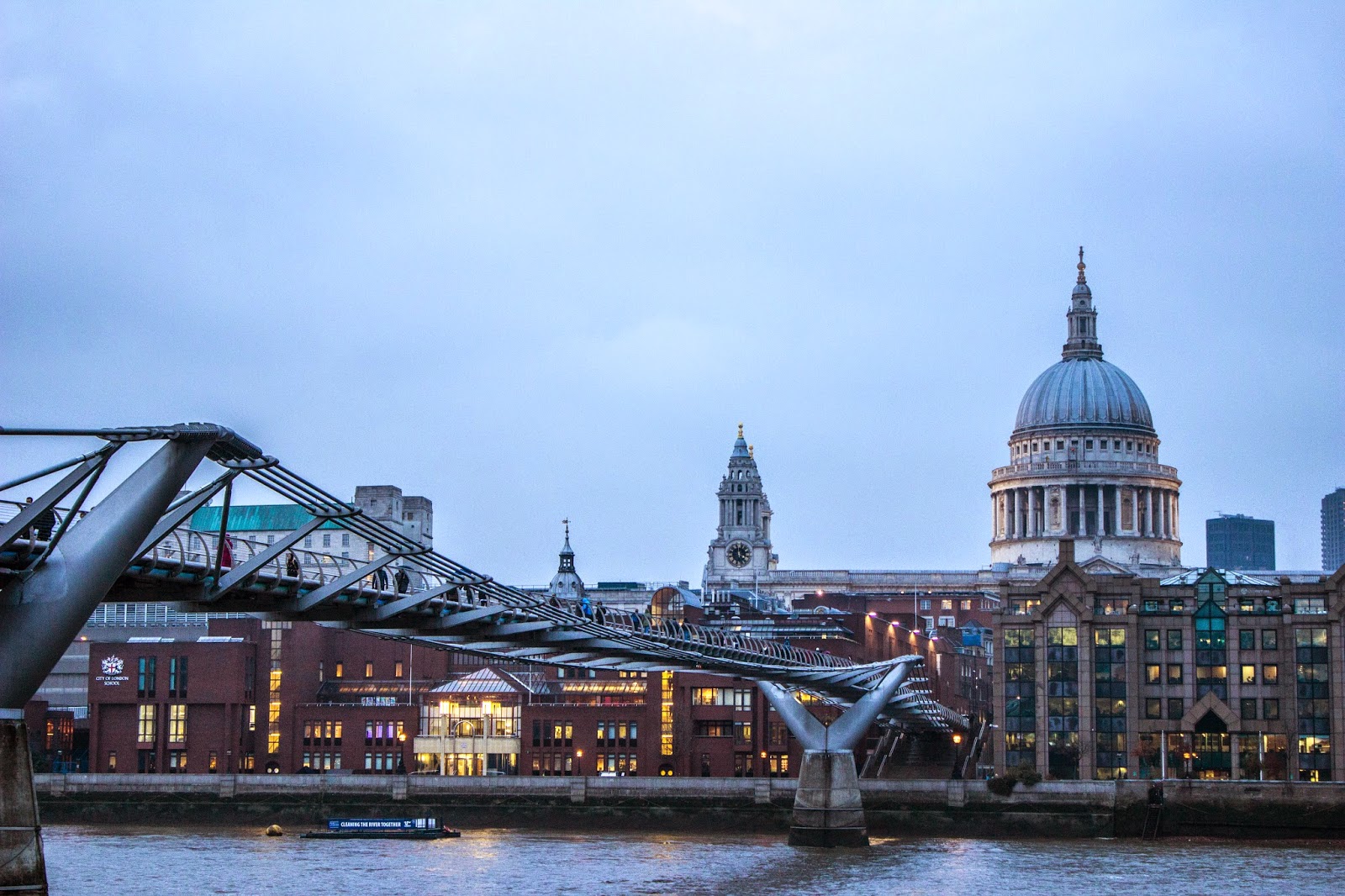
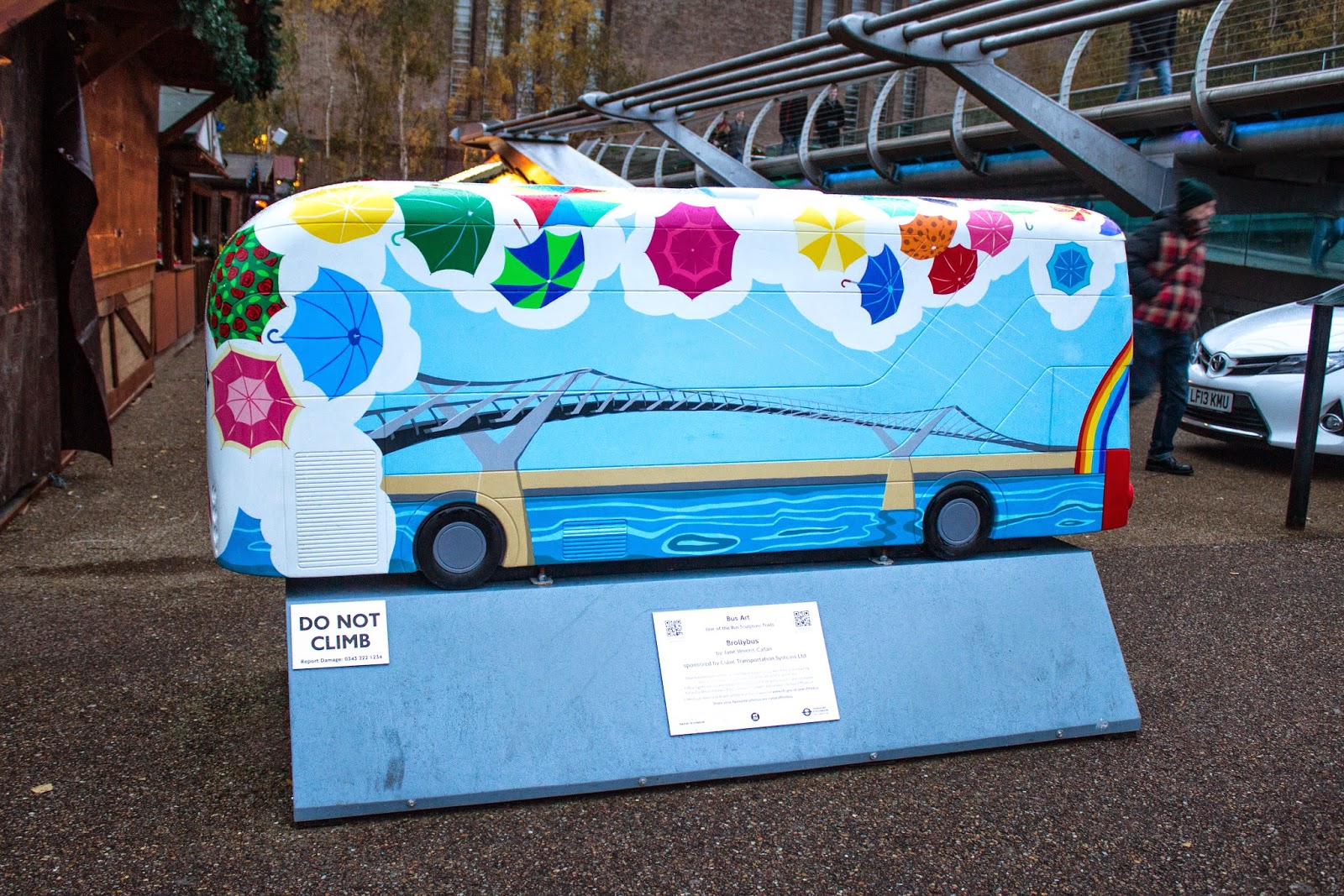
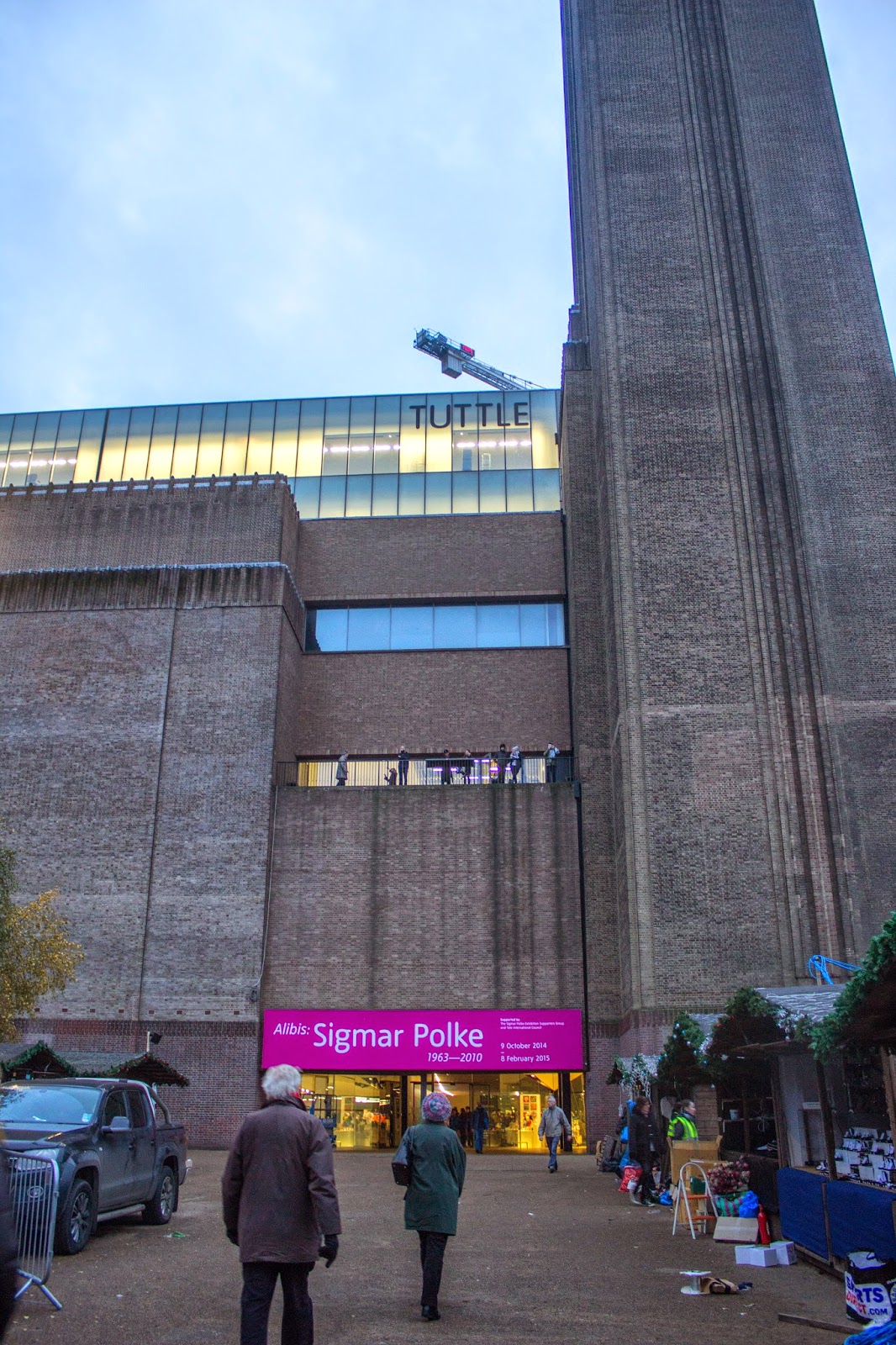


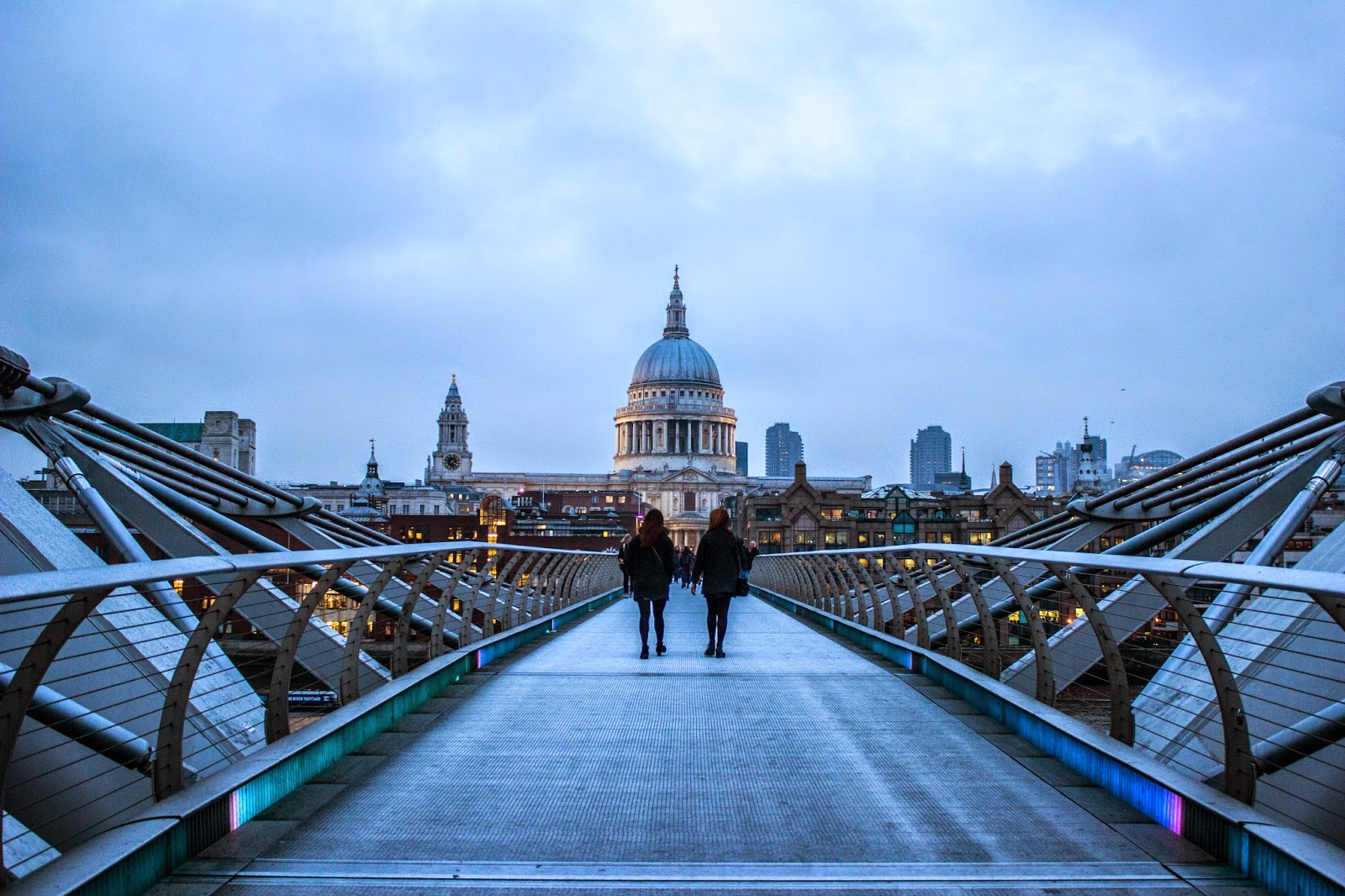




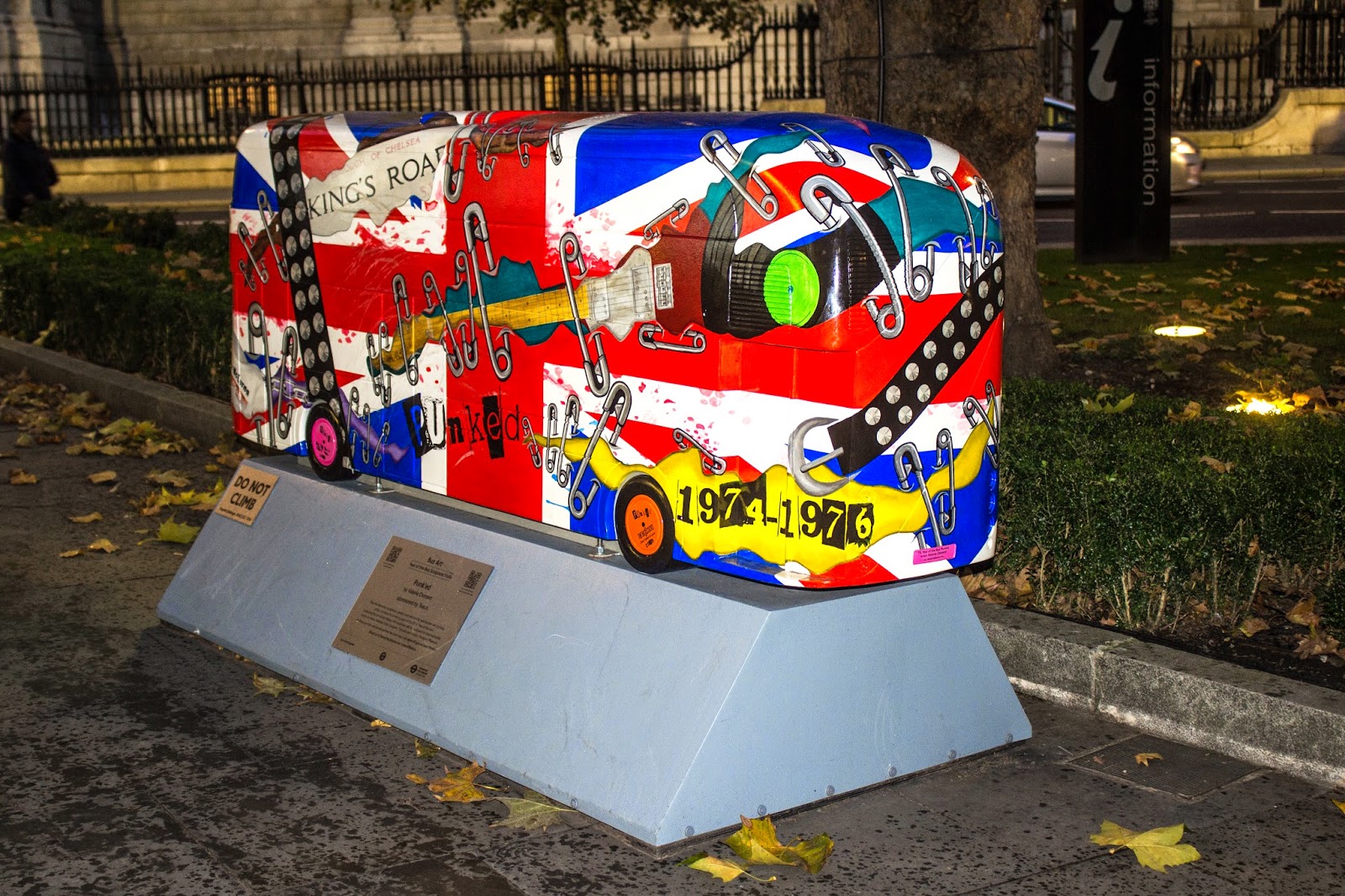
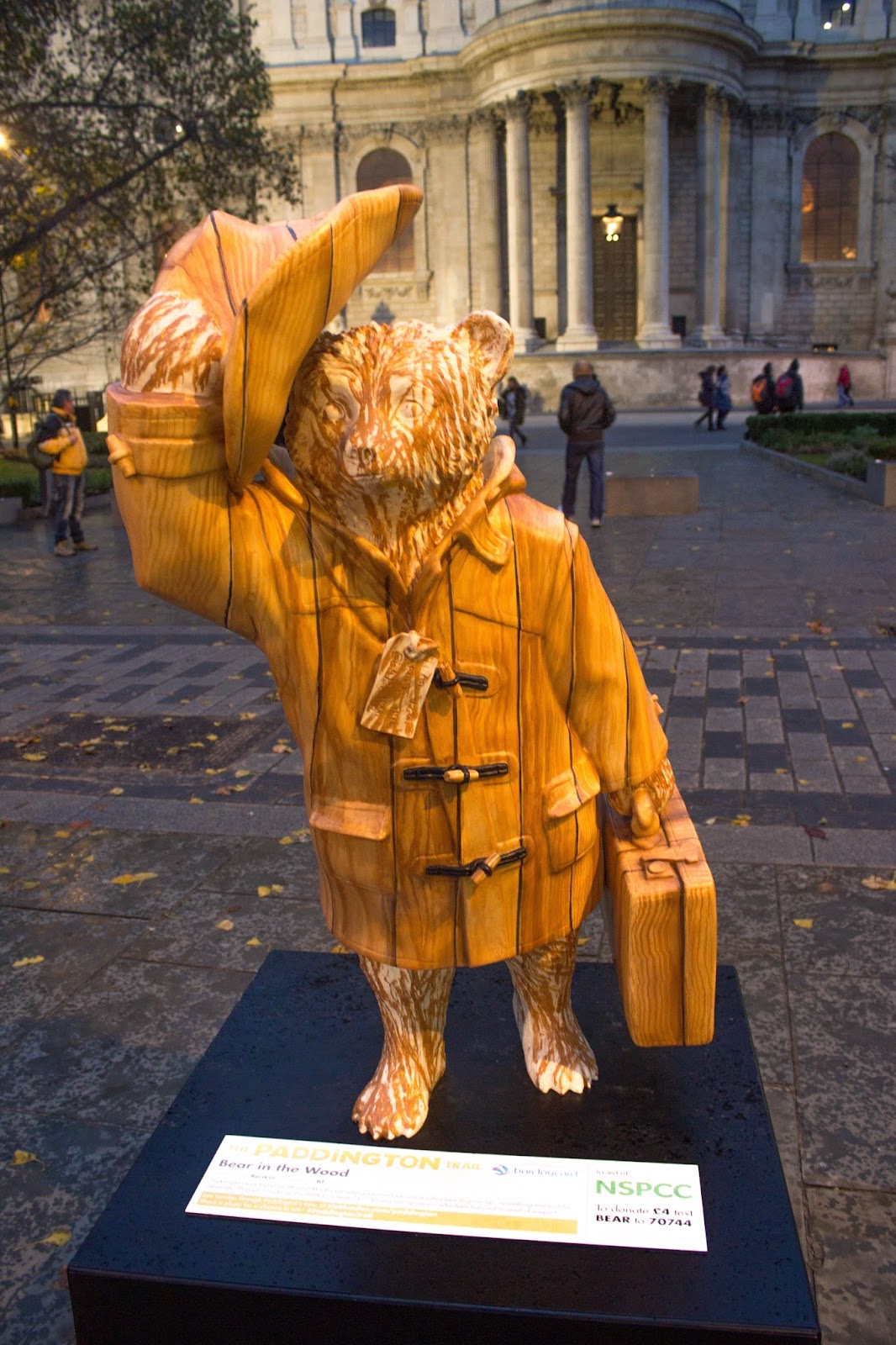

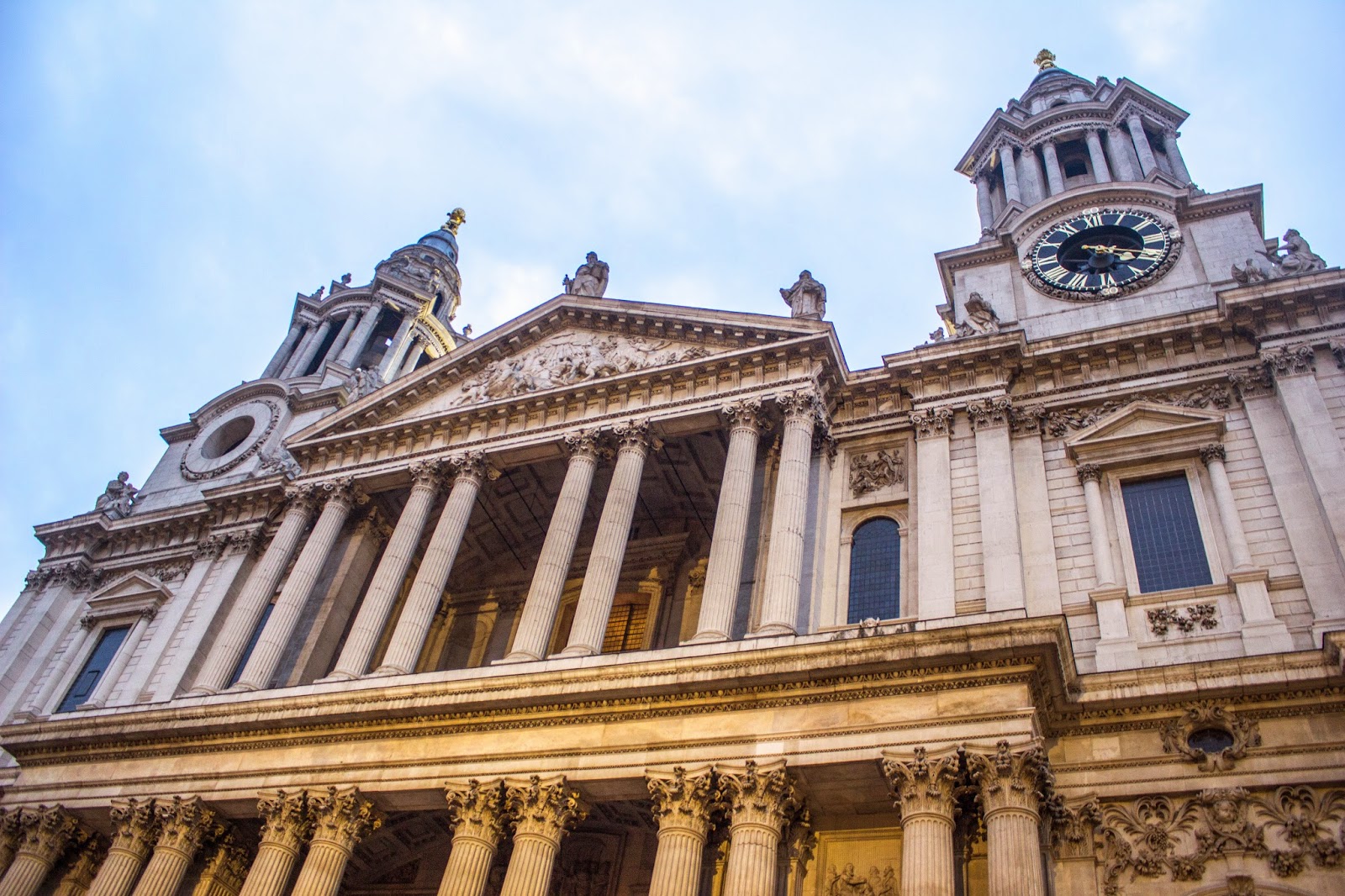
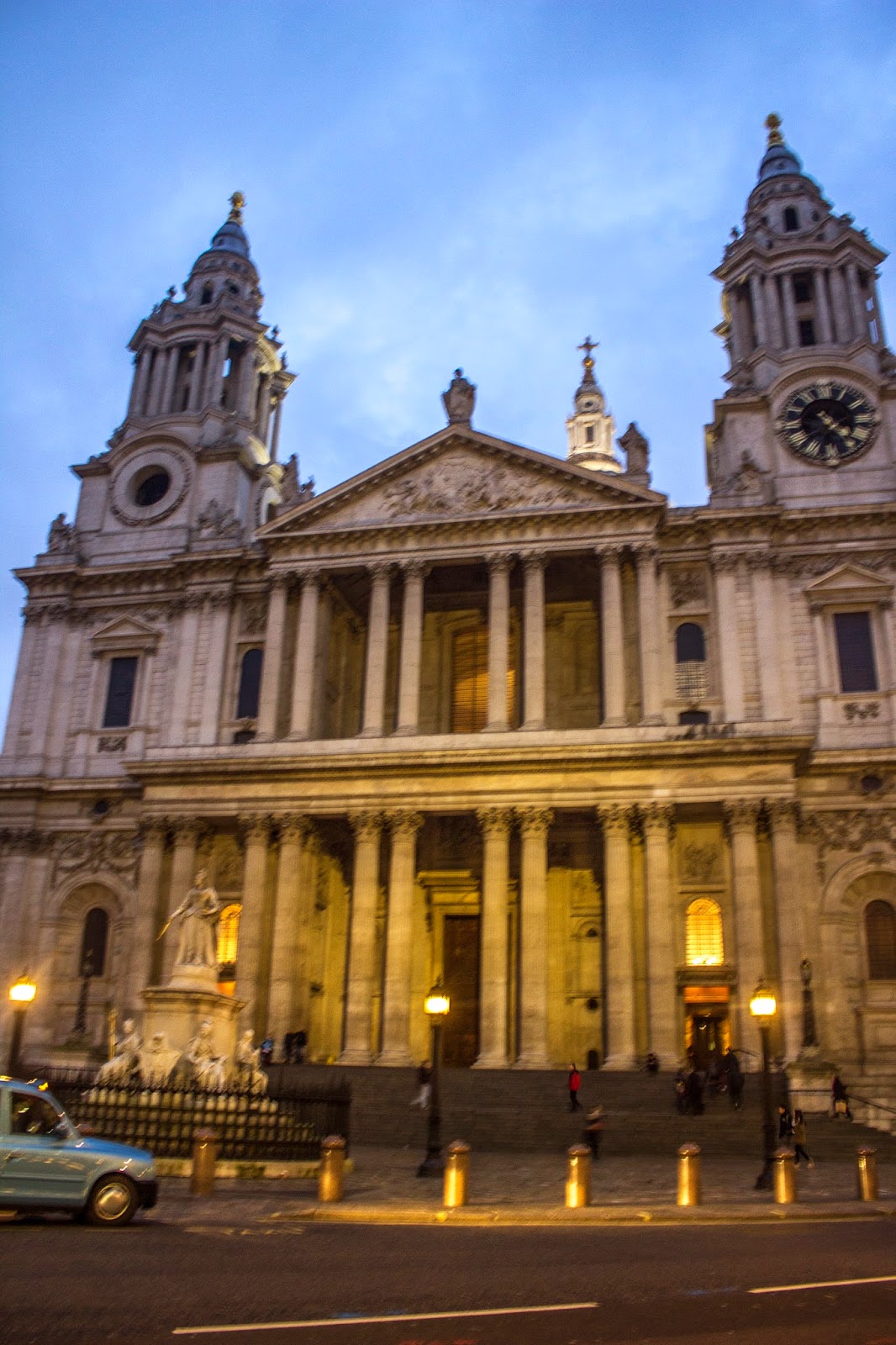

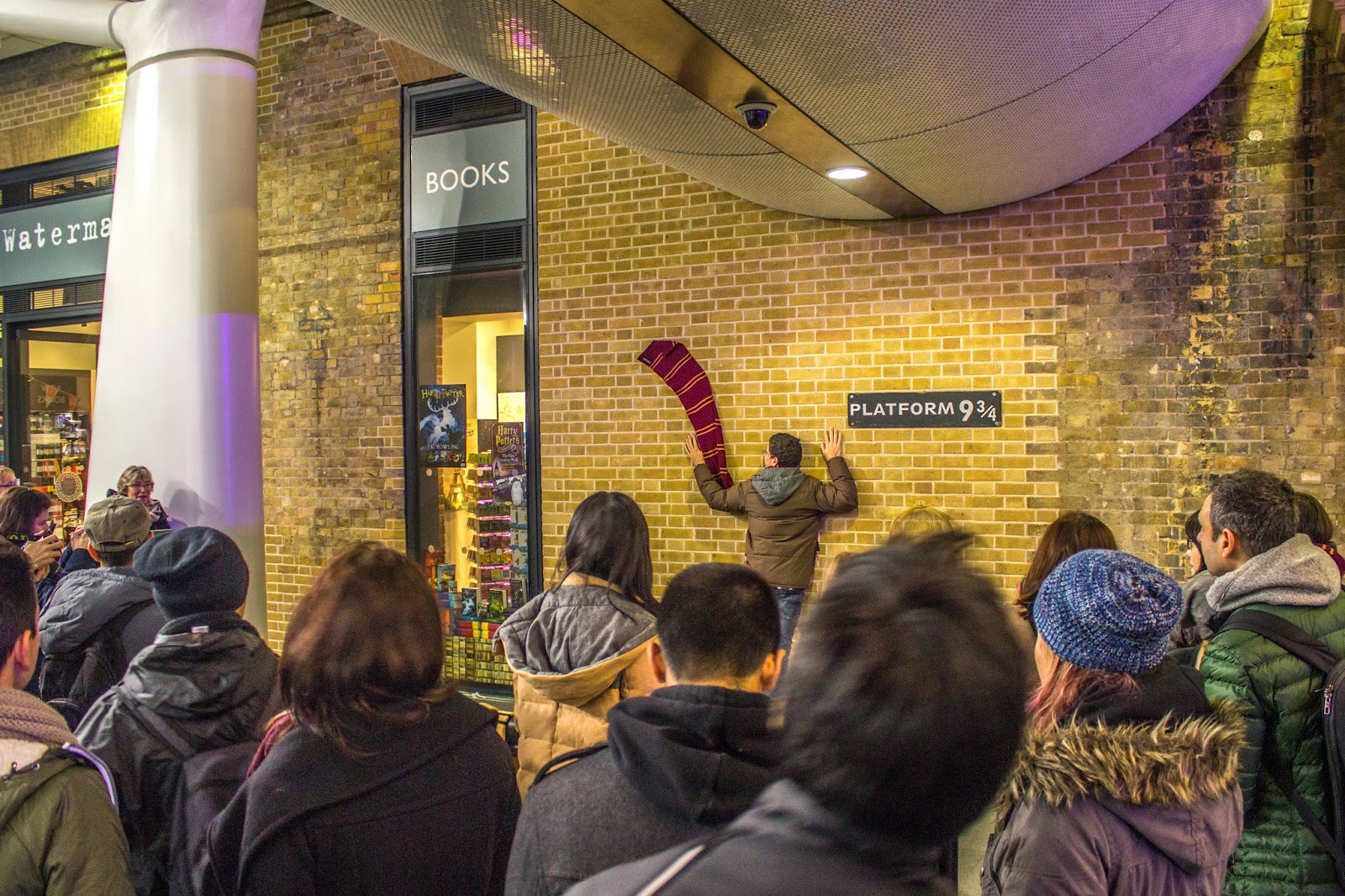
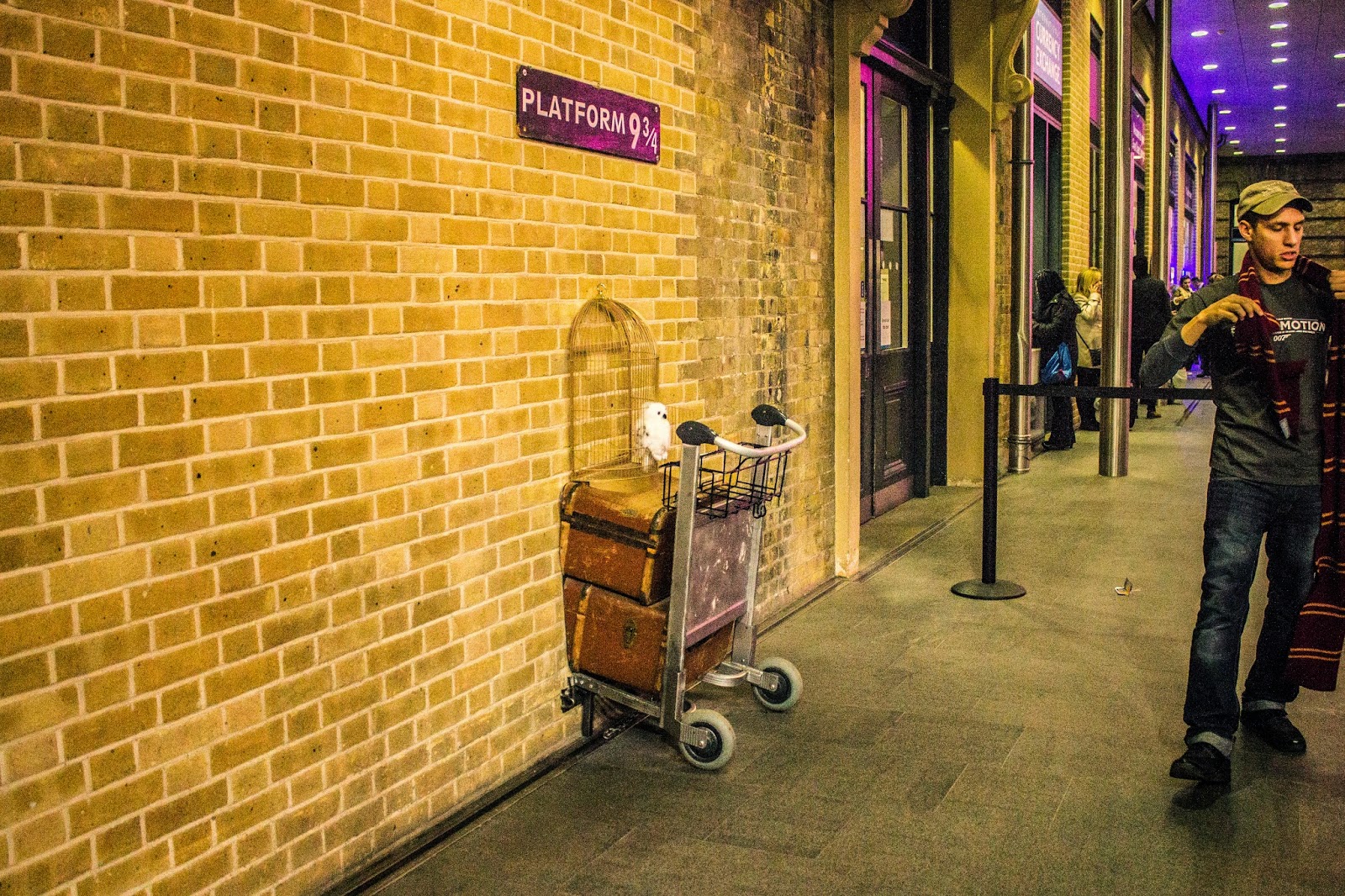
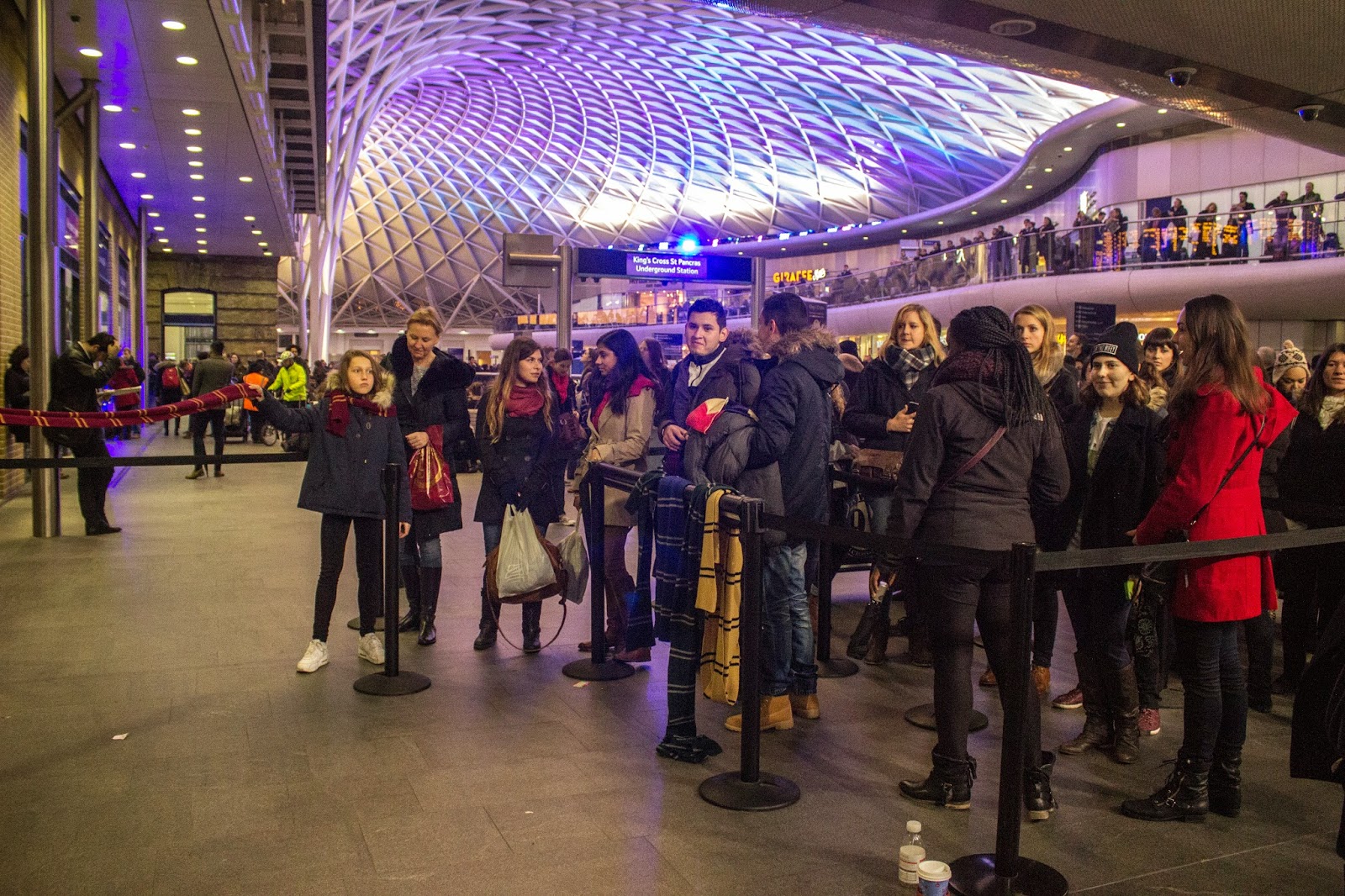

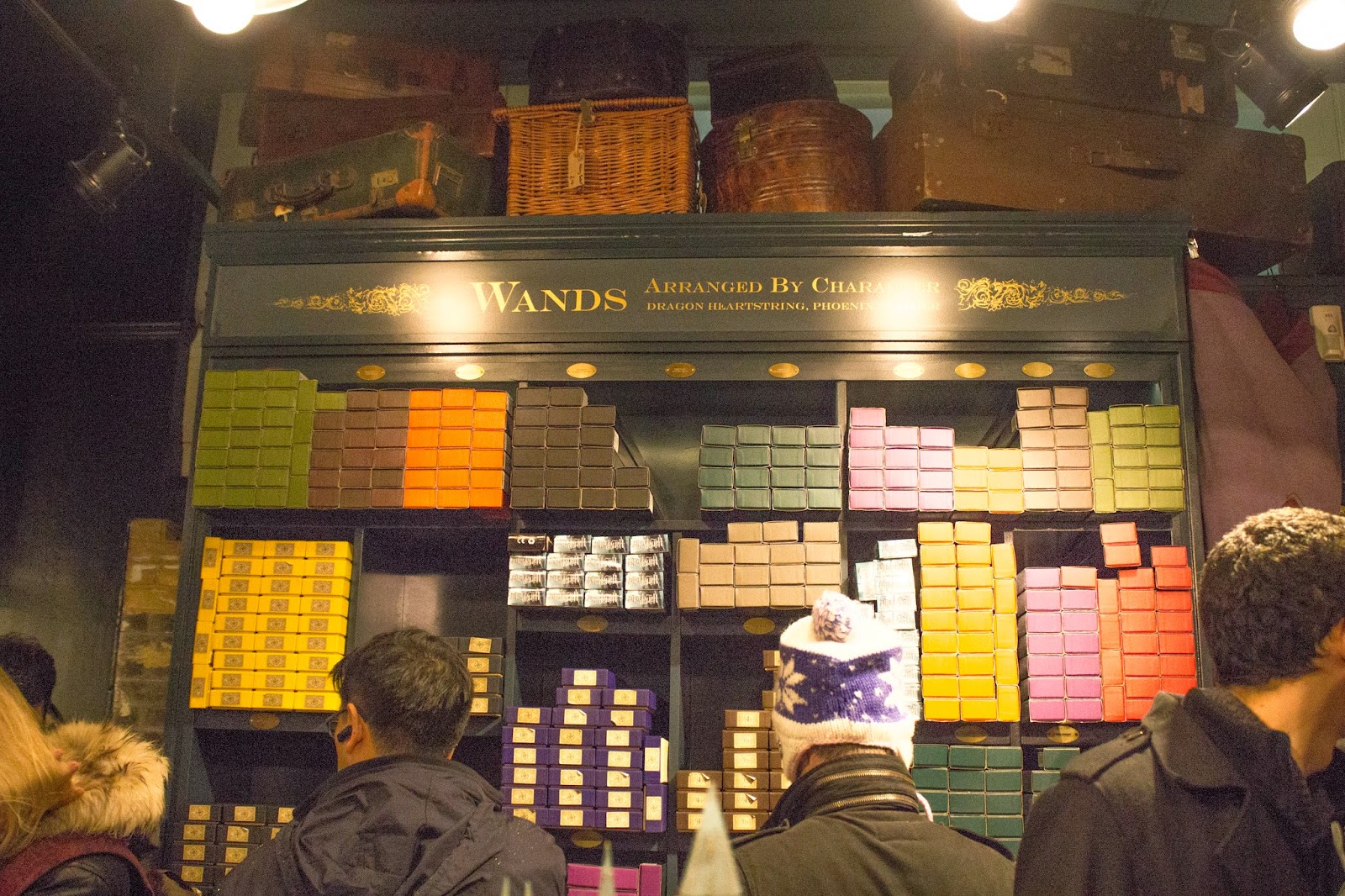


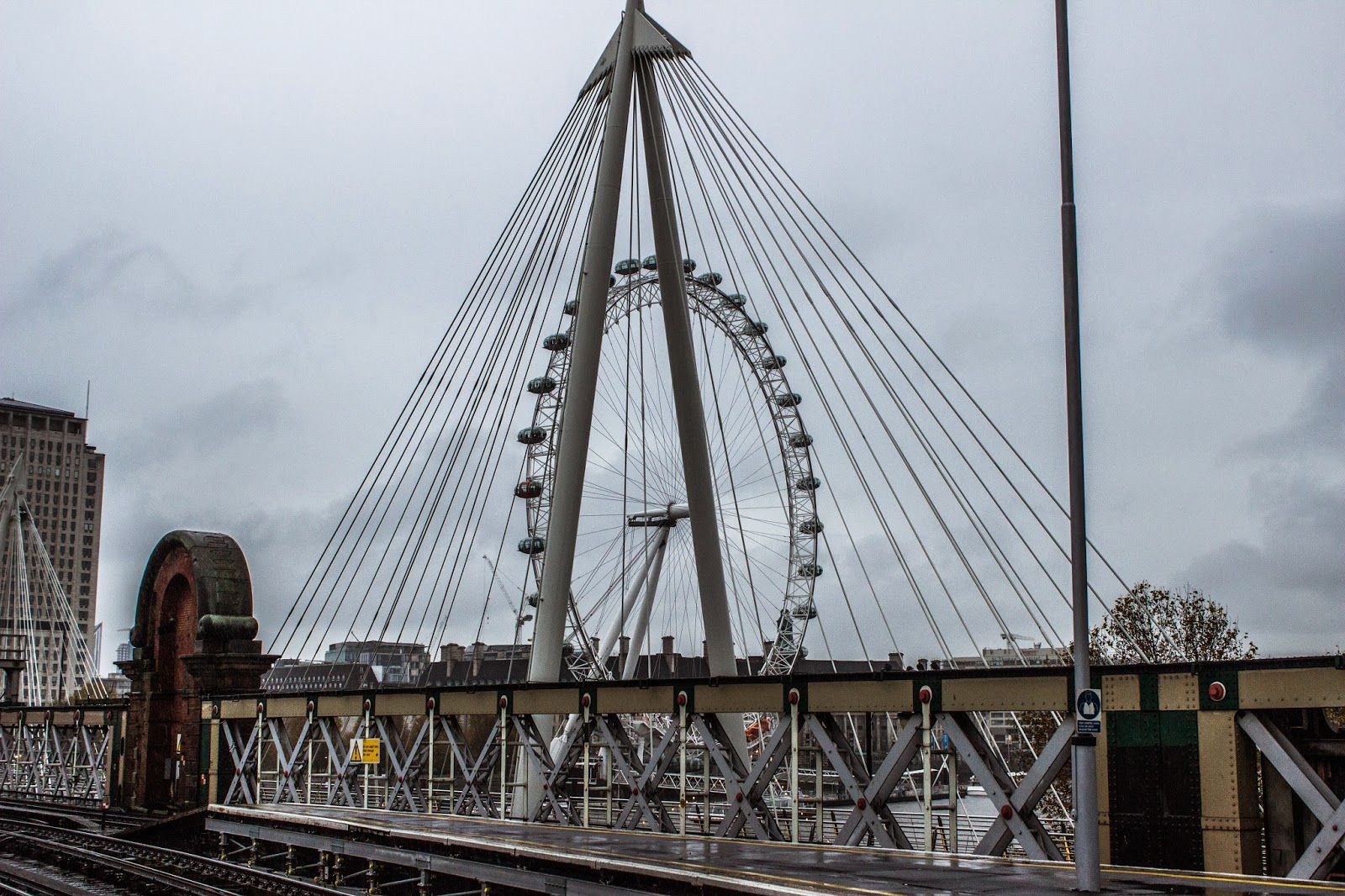
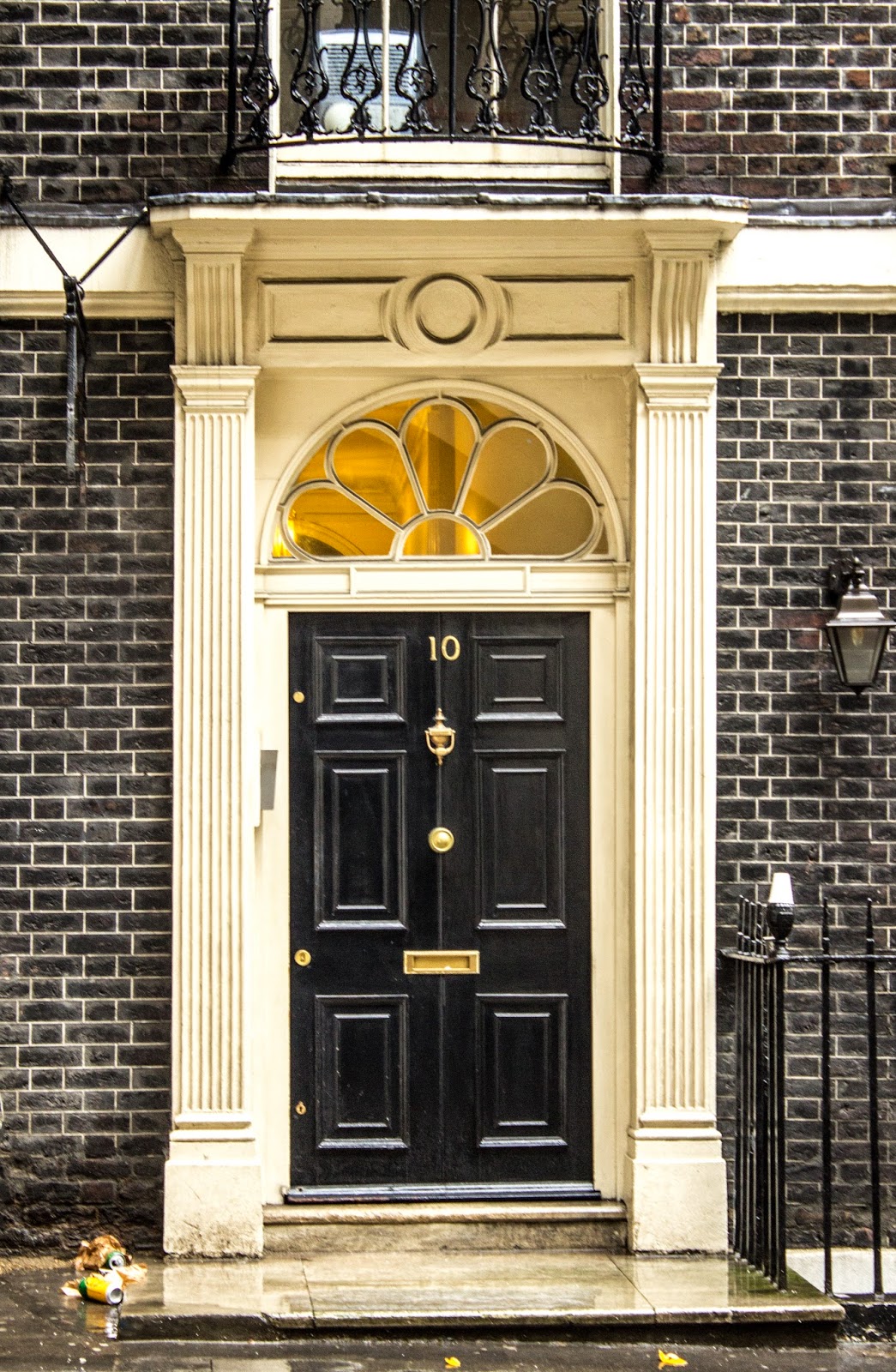
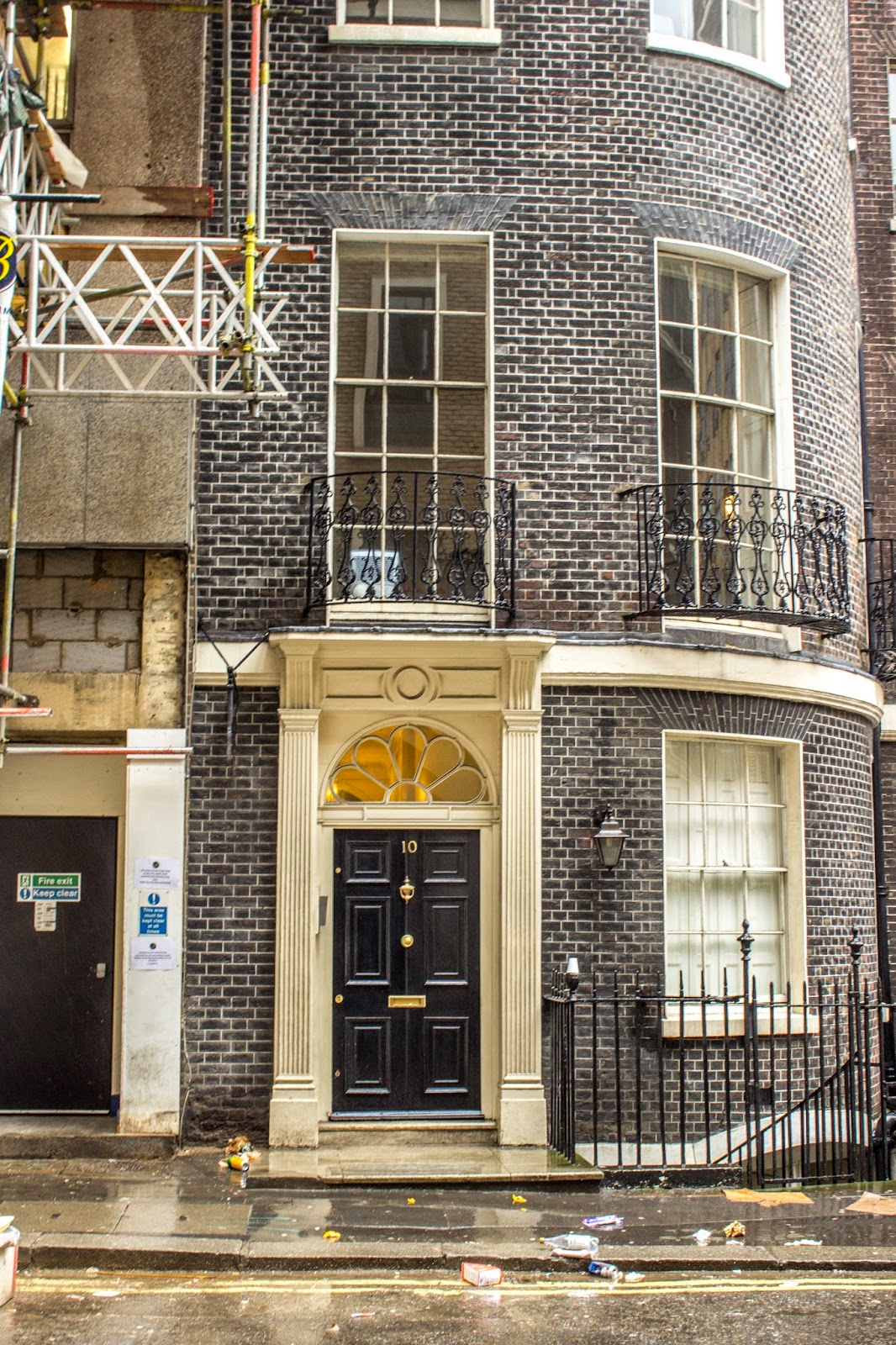

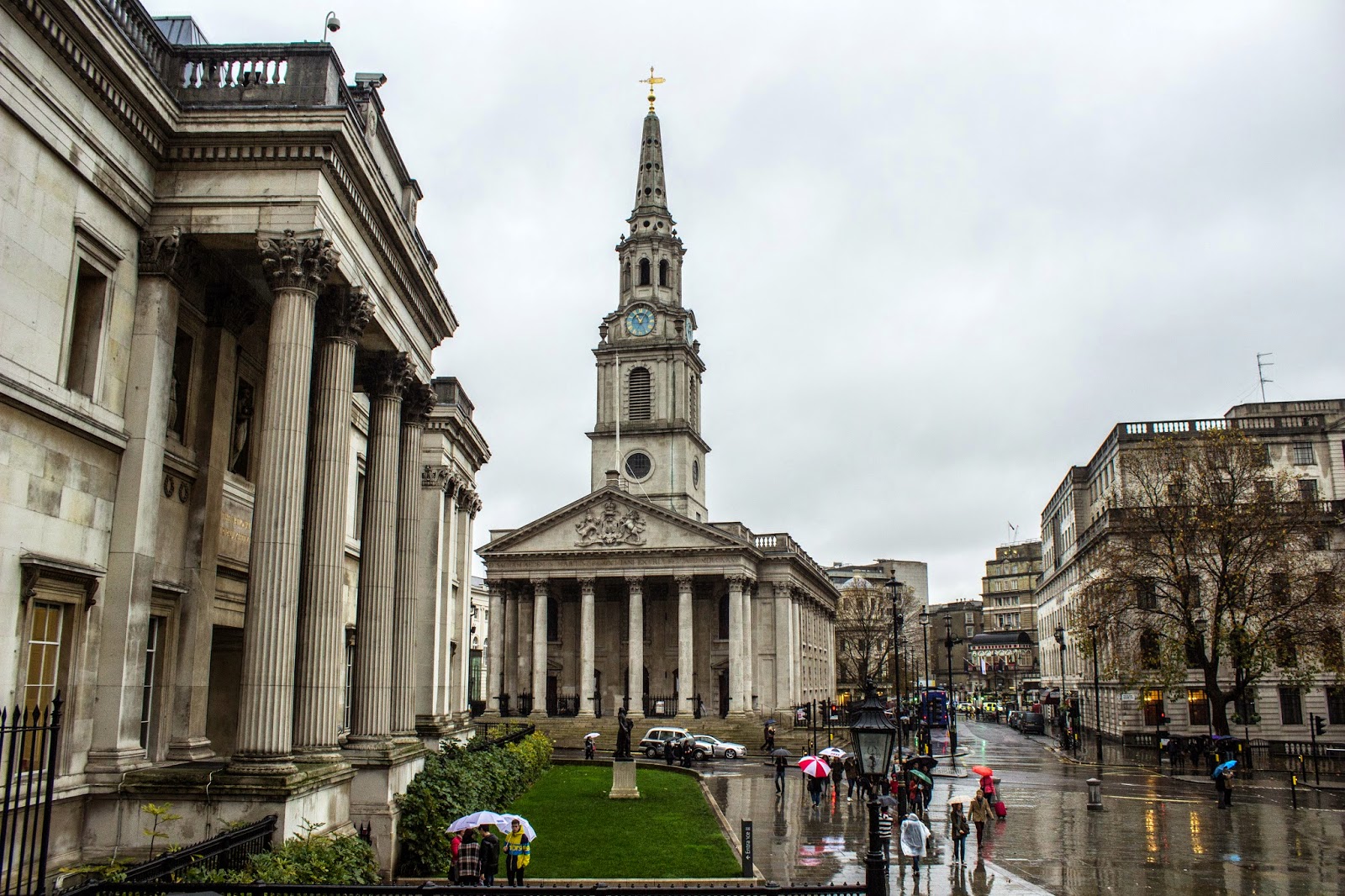
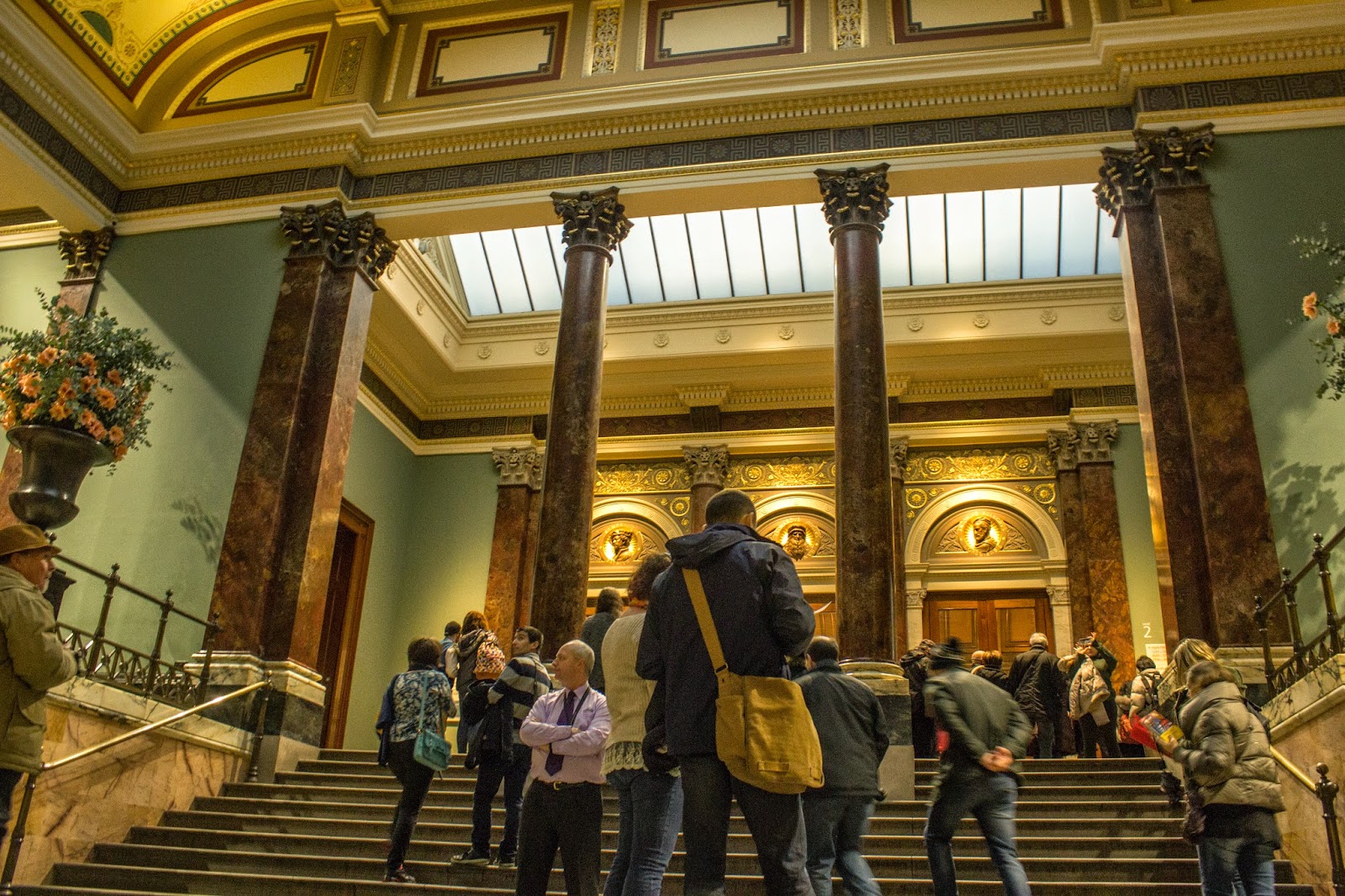
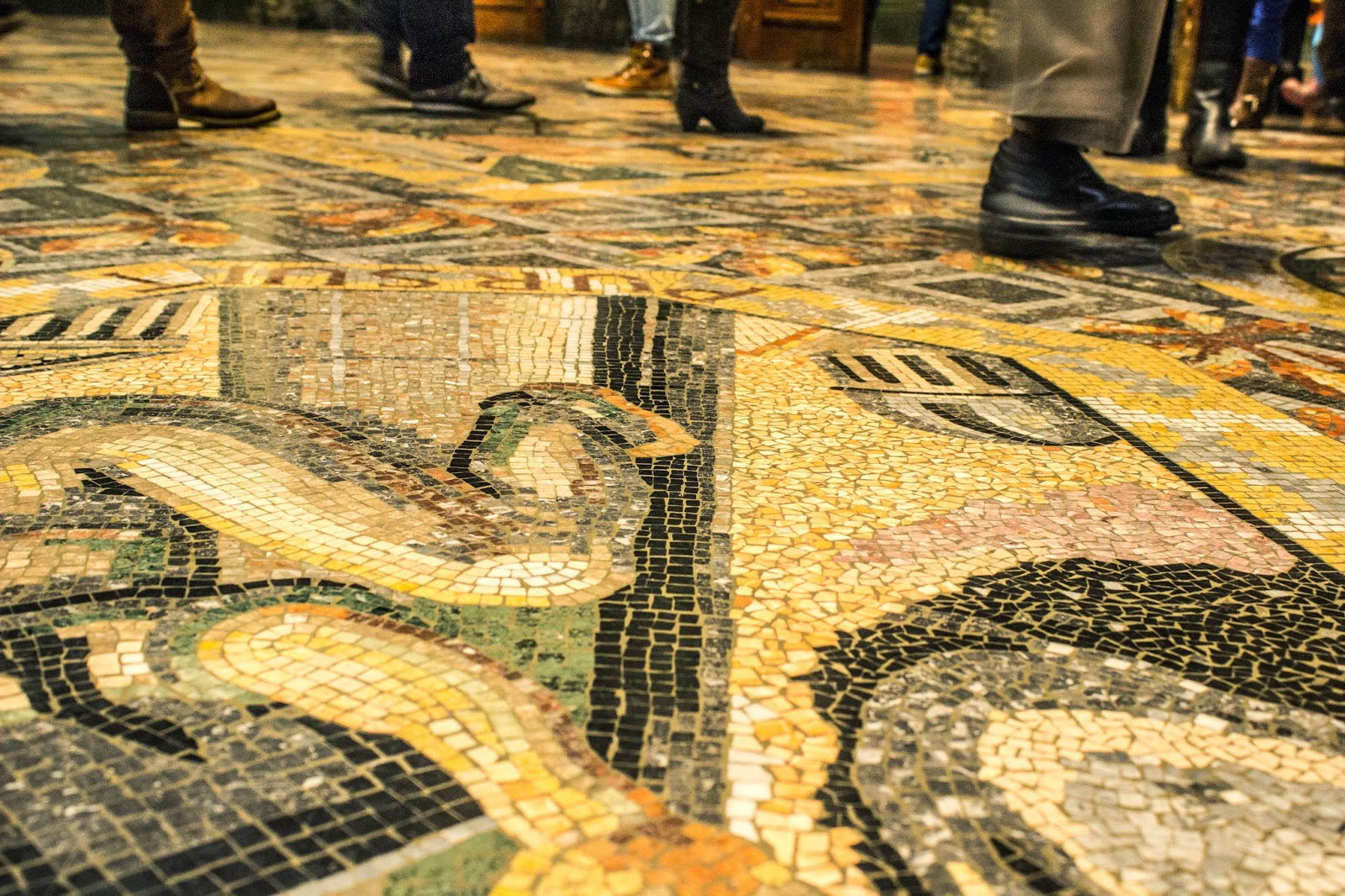


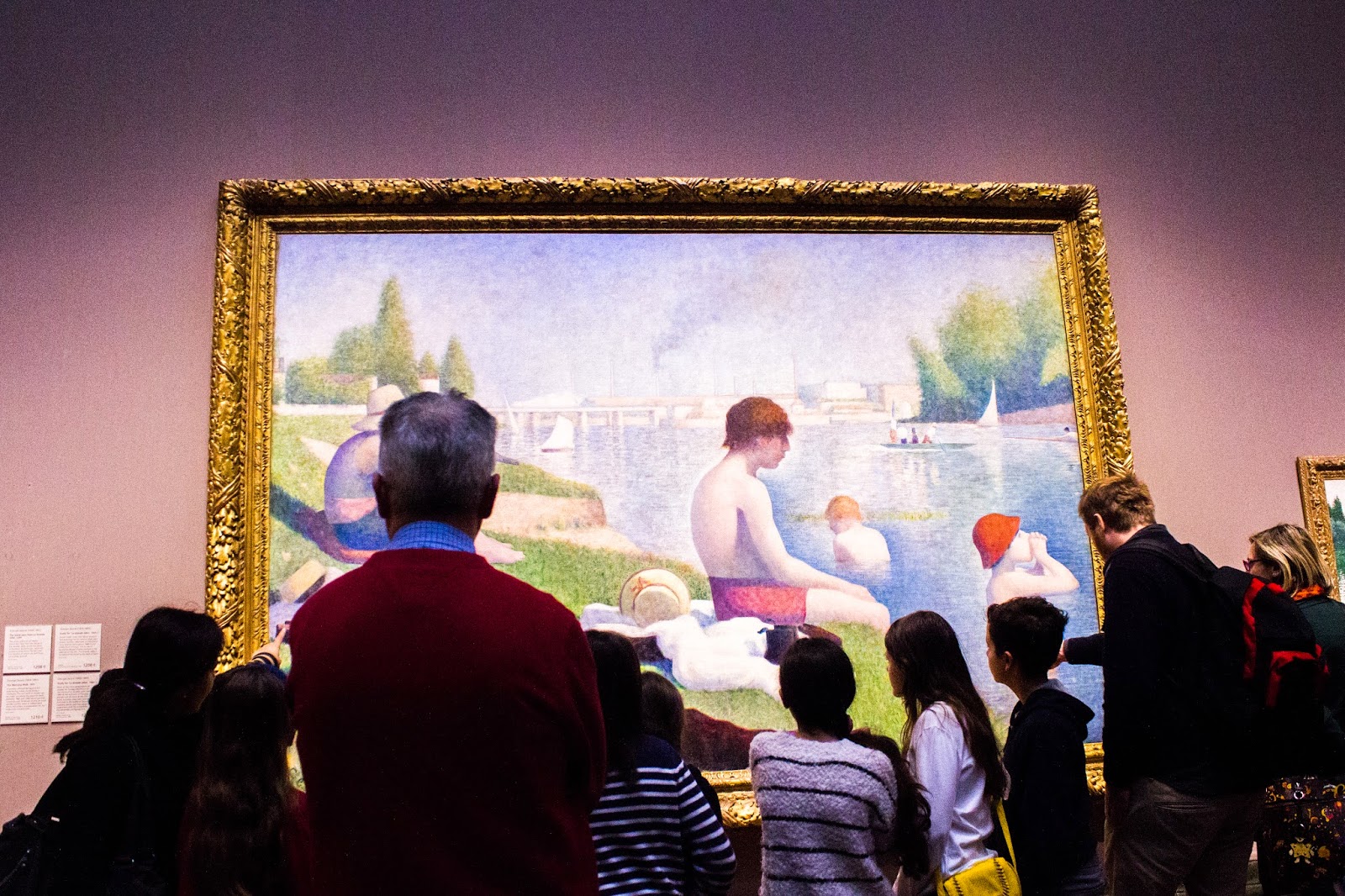
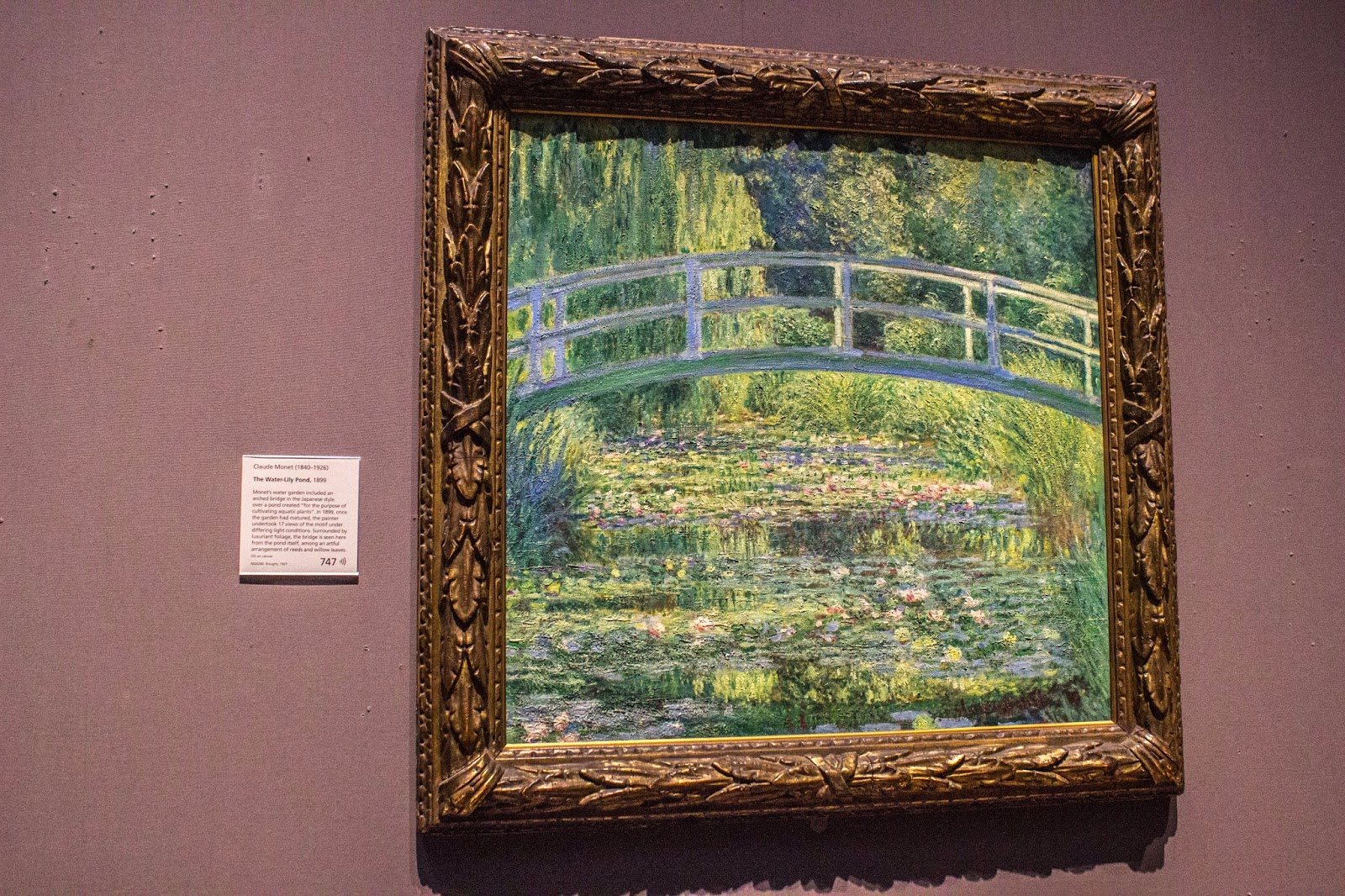
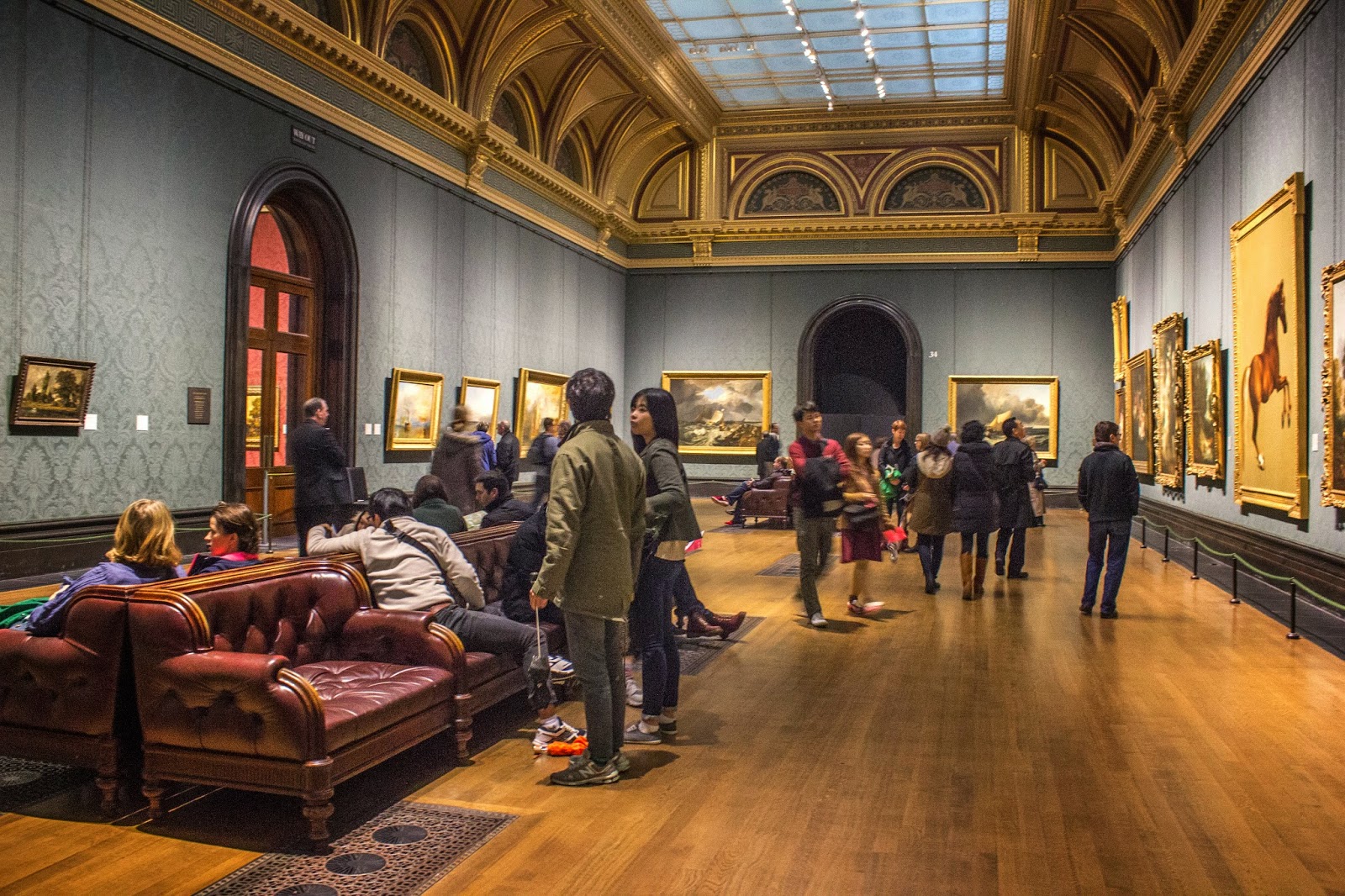

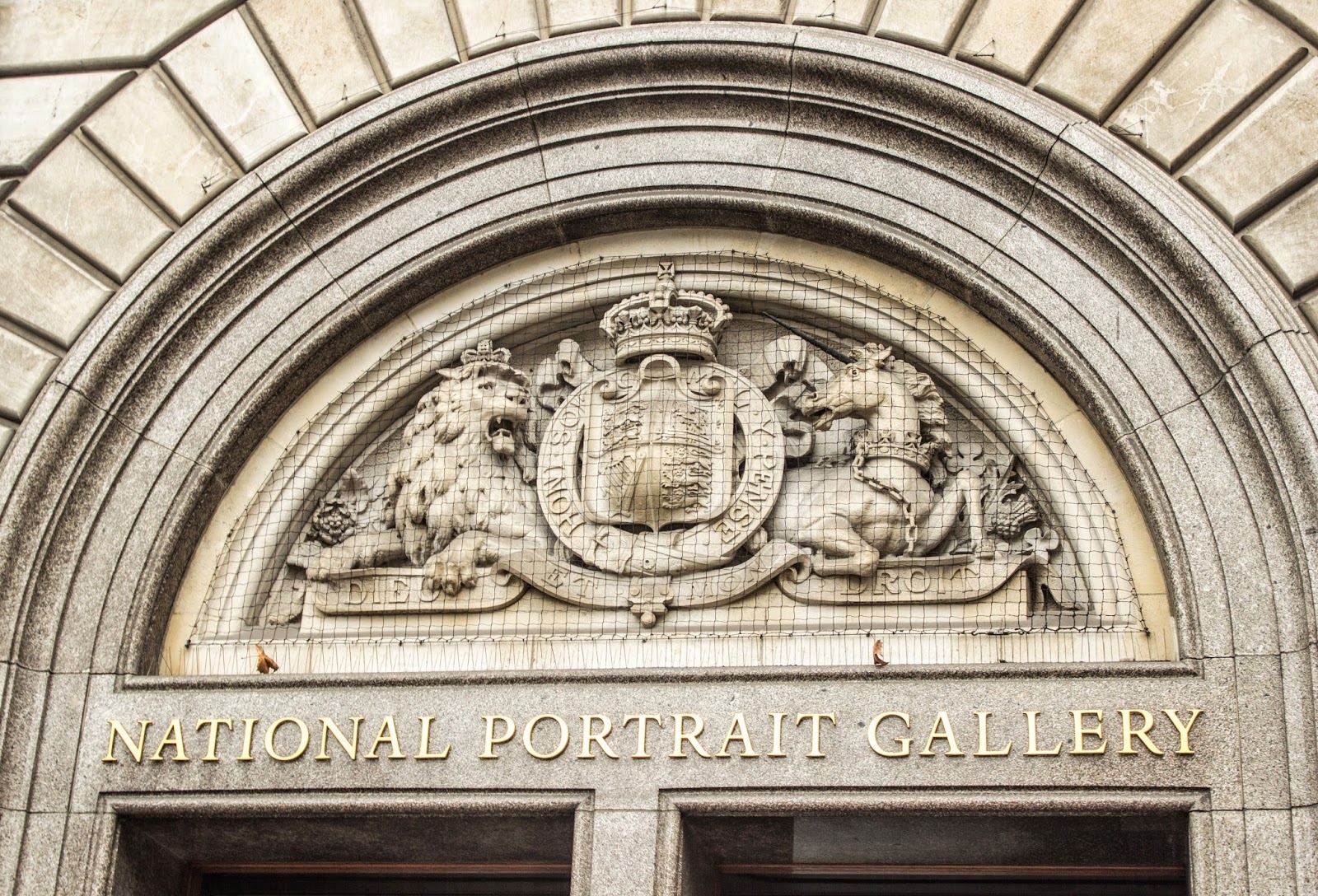


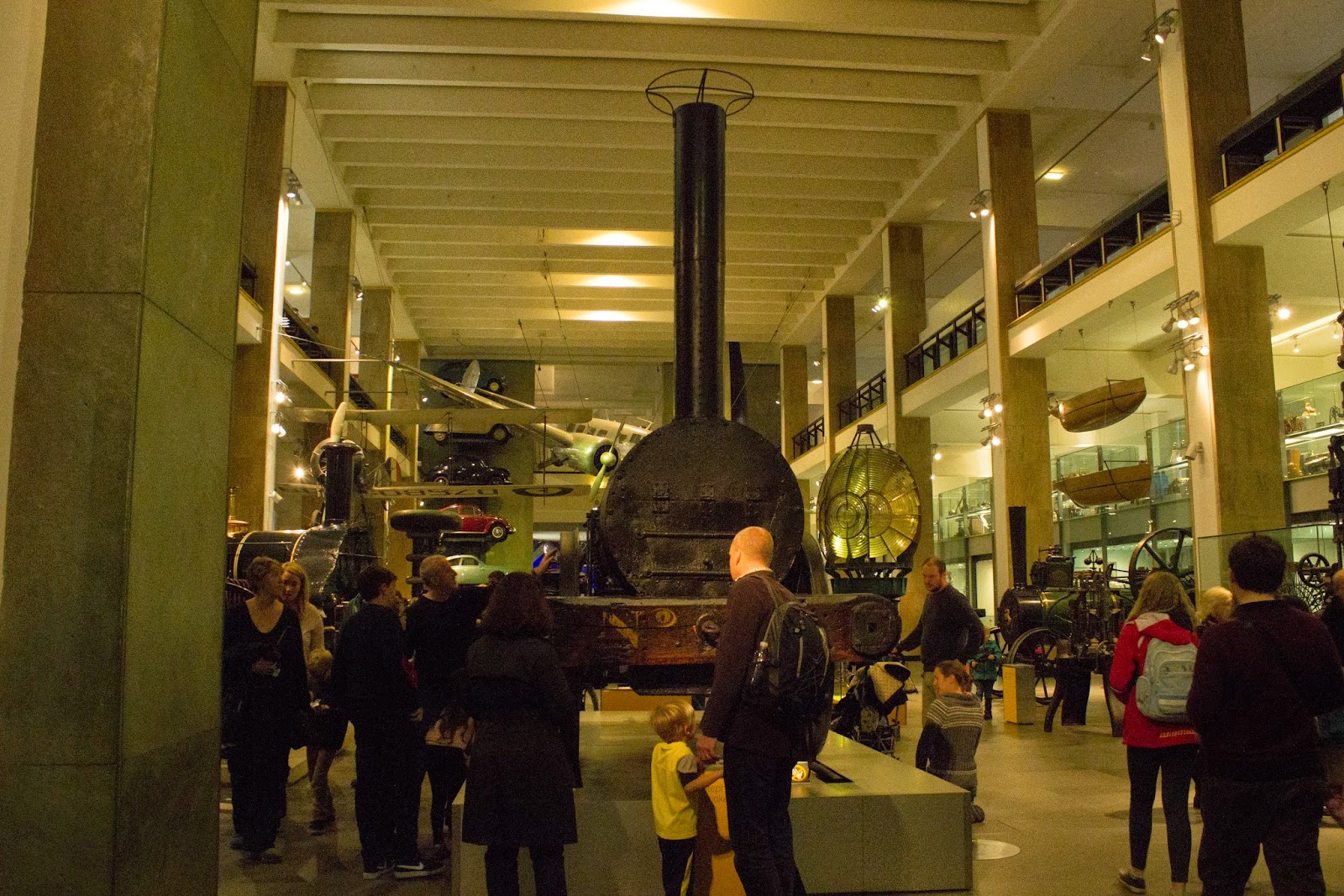



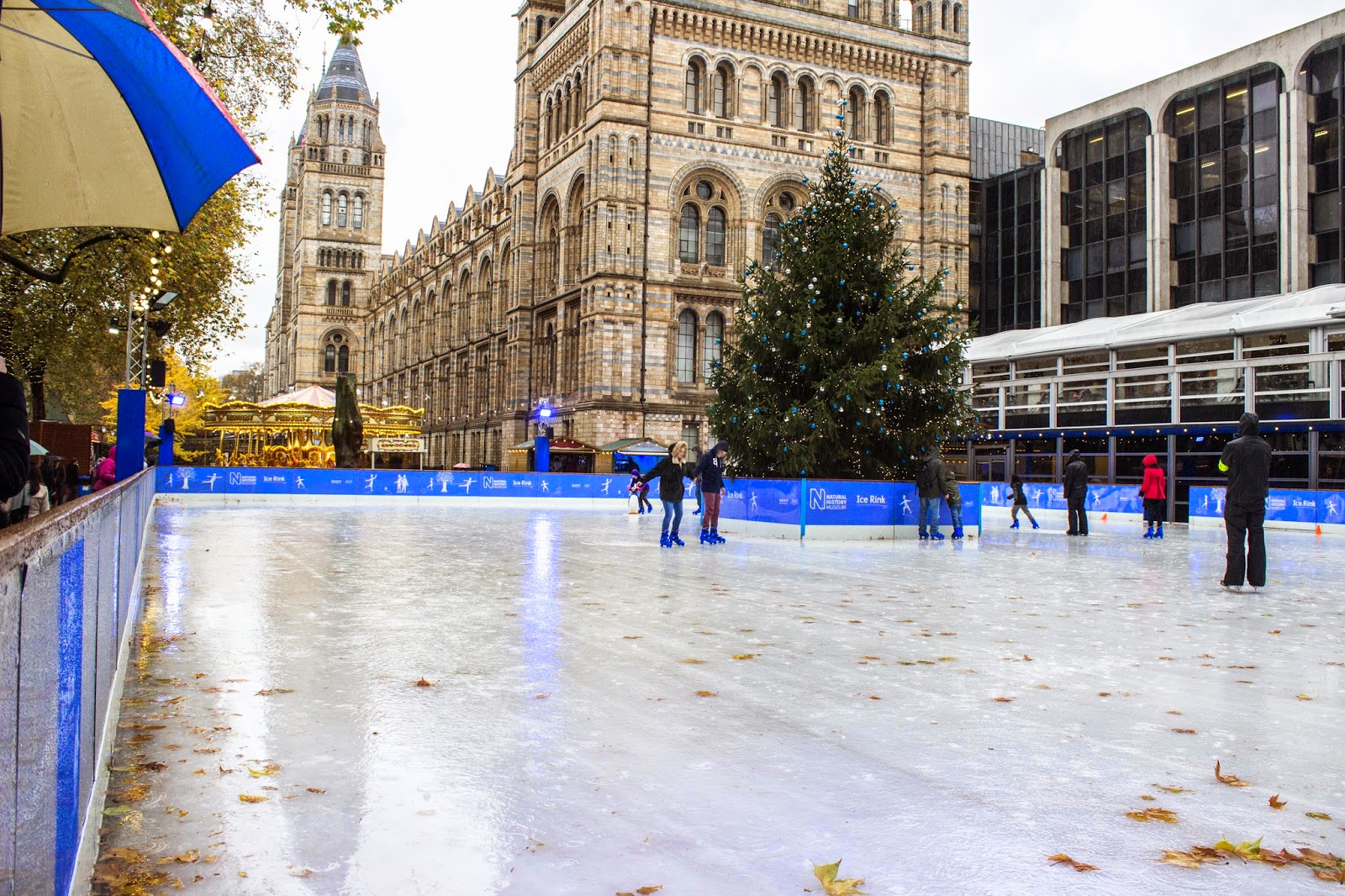
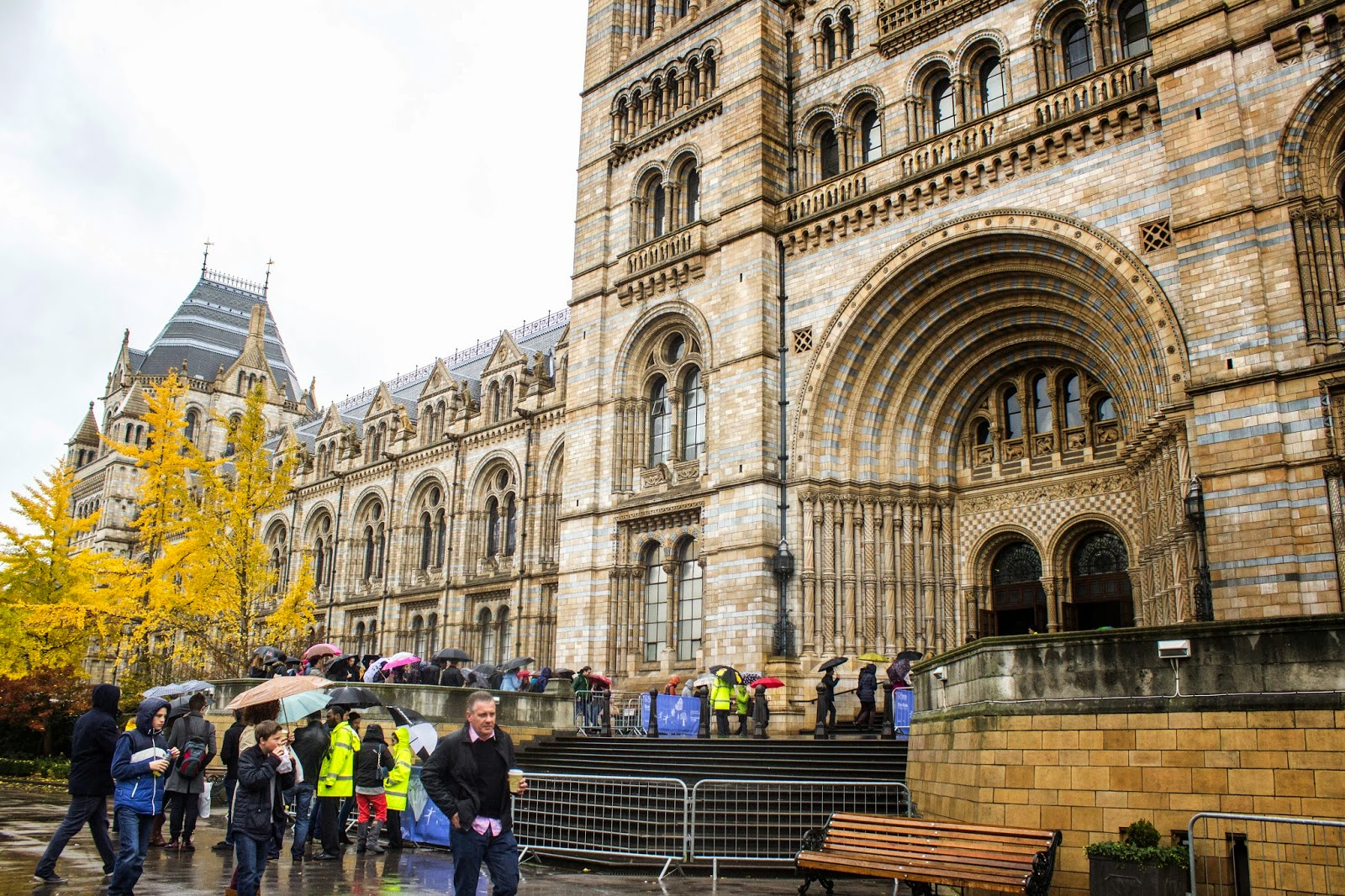








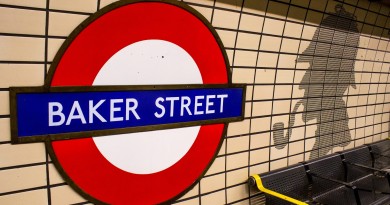
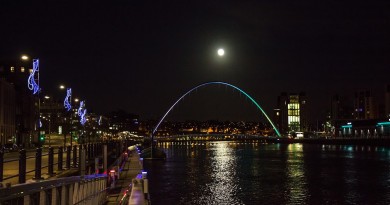
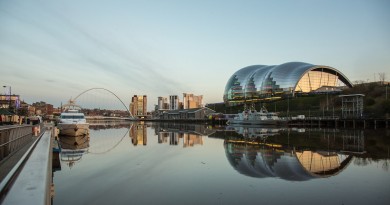

I just want to say I’m beginner to blogging and site-building and absolutely liked your web blog. Very likely I’m likely to bookmark your blog . You amazingly come with outstanding writings. Regards for revealing your webpage.
Thanks! Is really good that you like it! If you have suggestions about the webpage, just let us know.